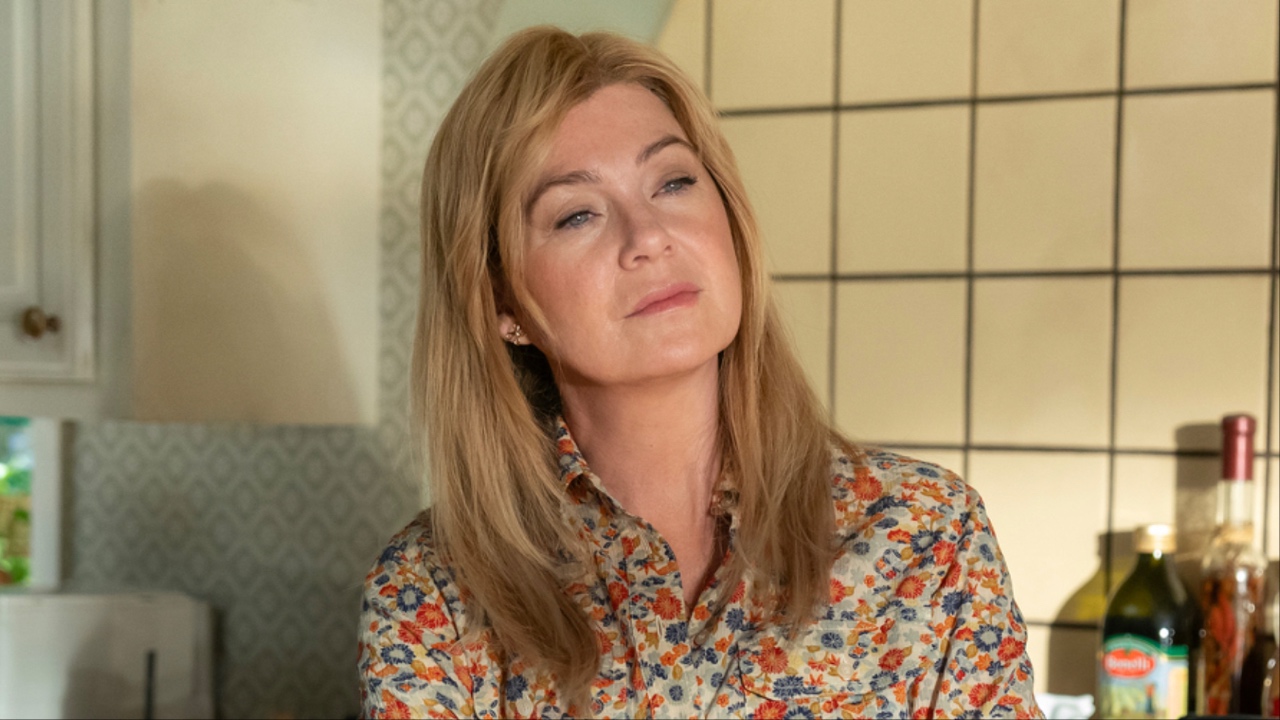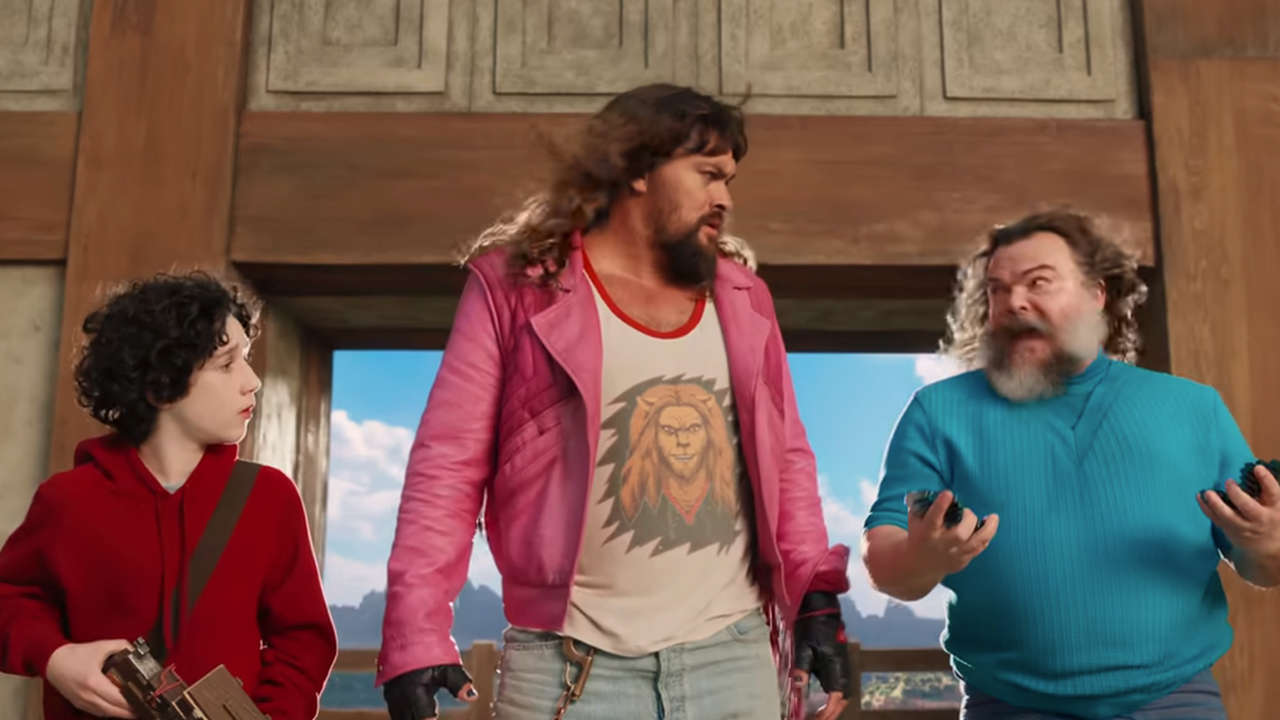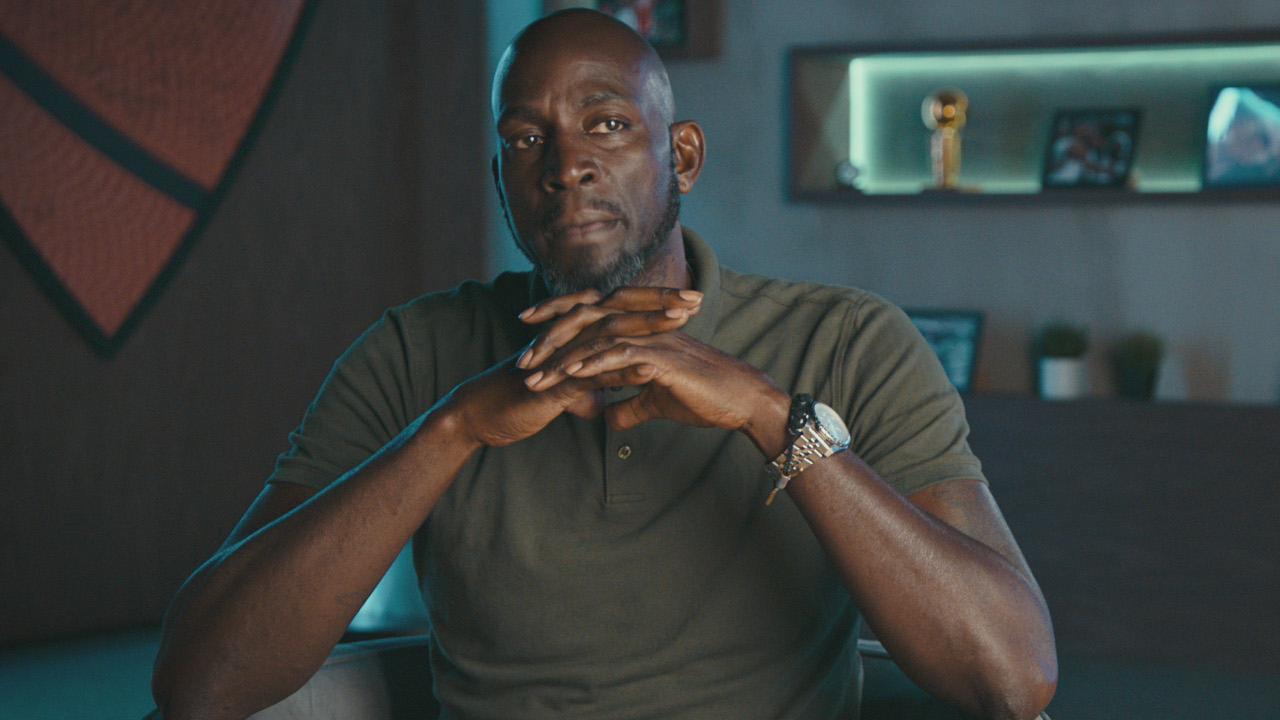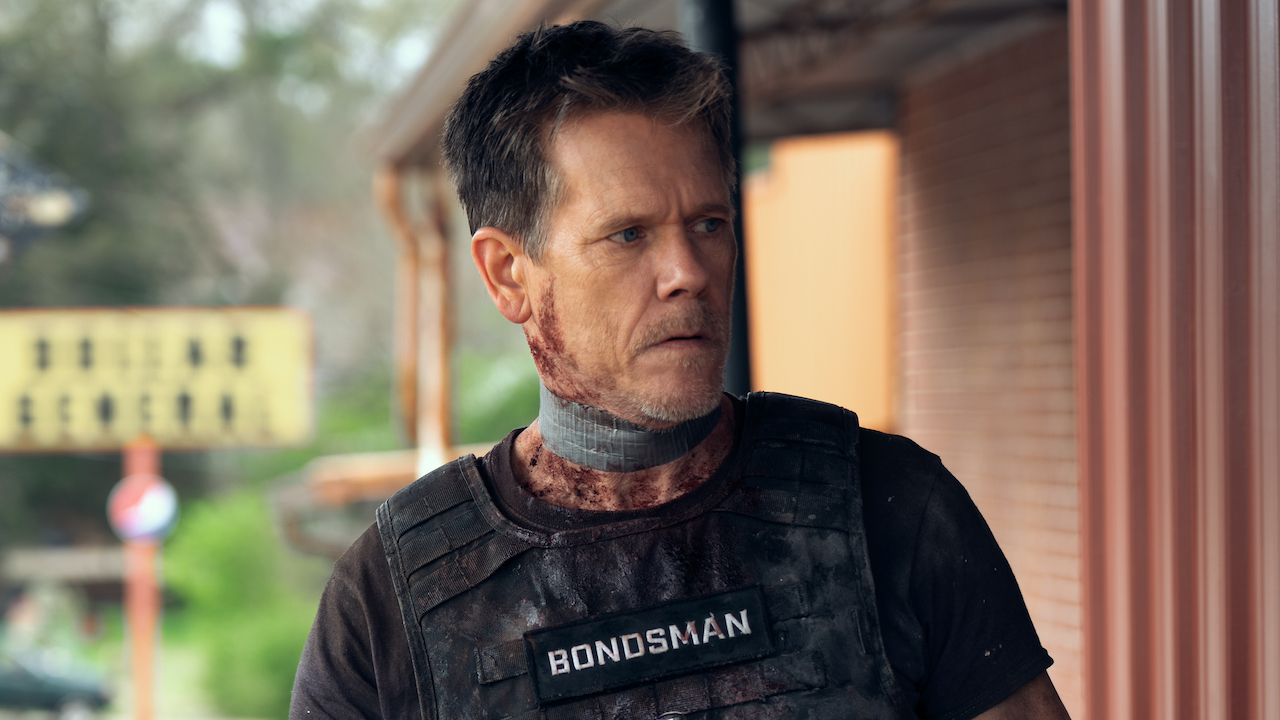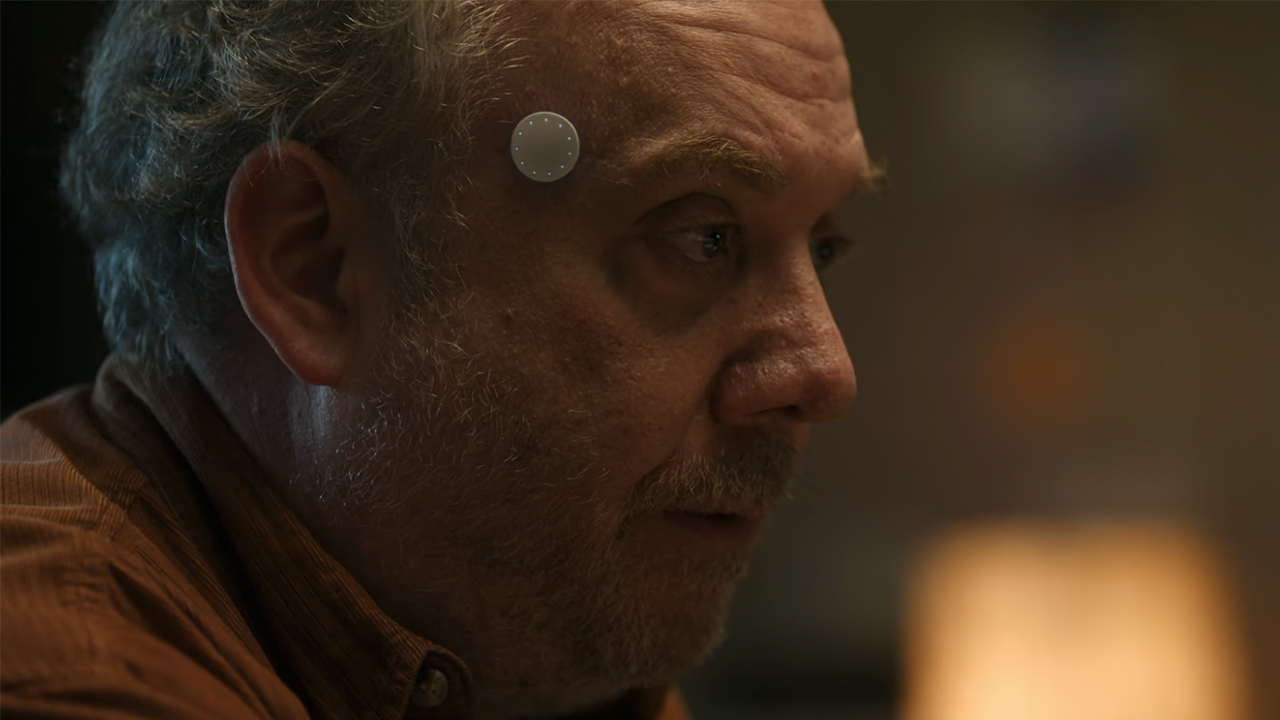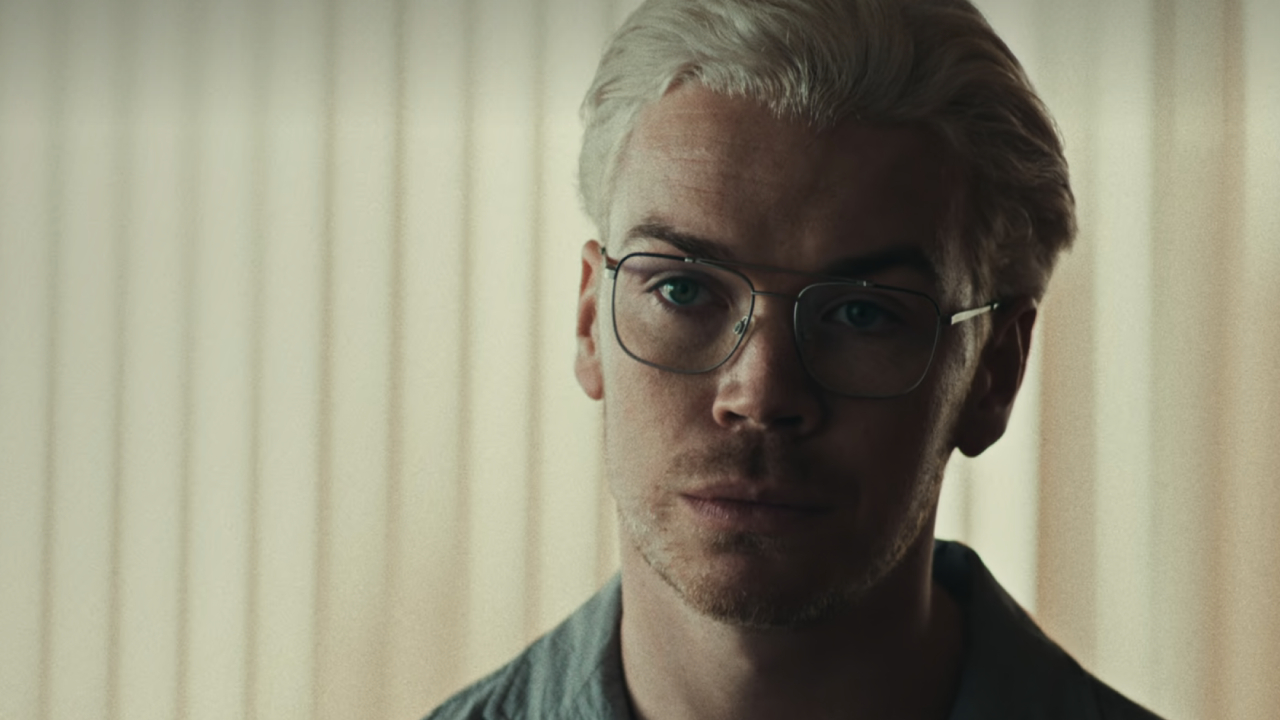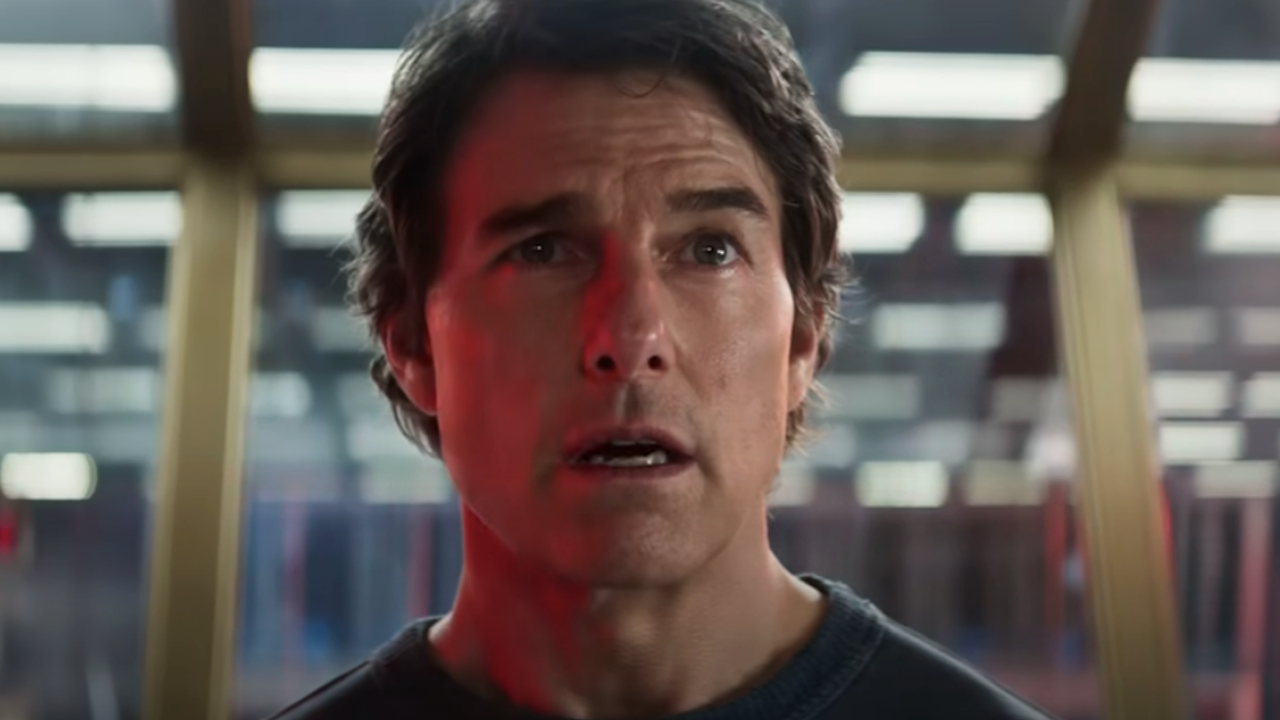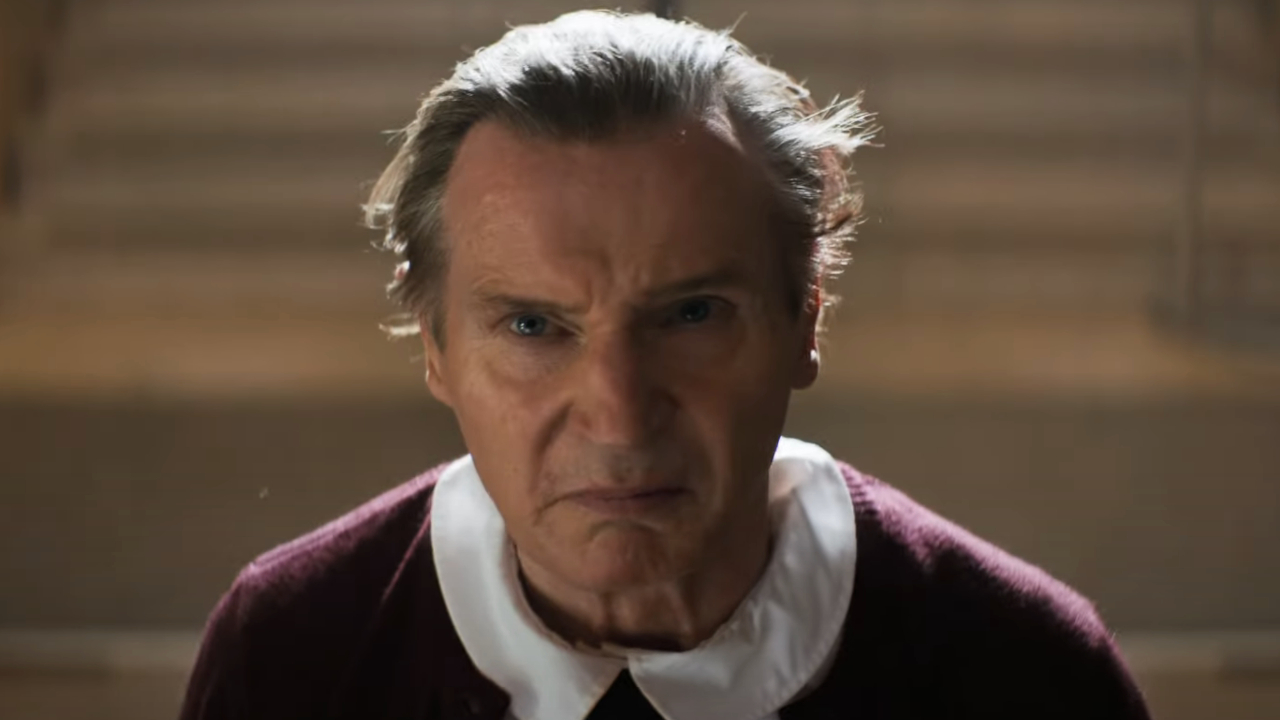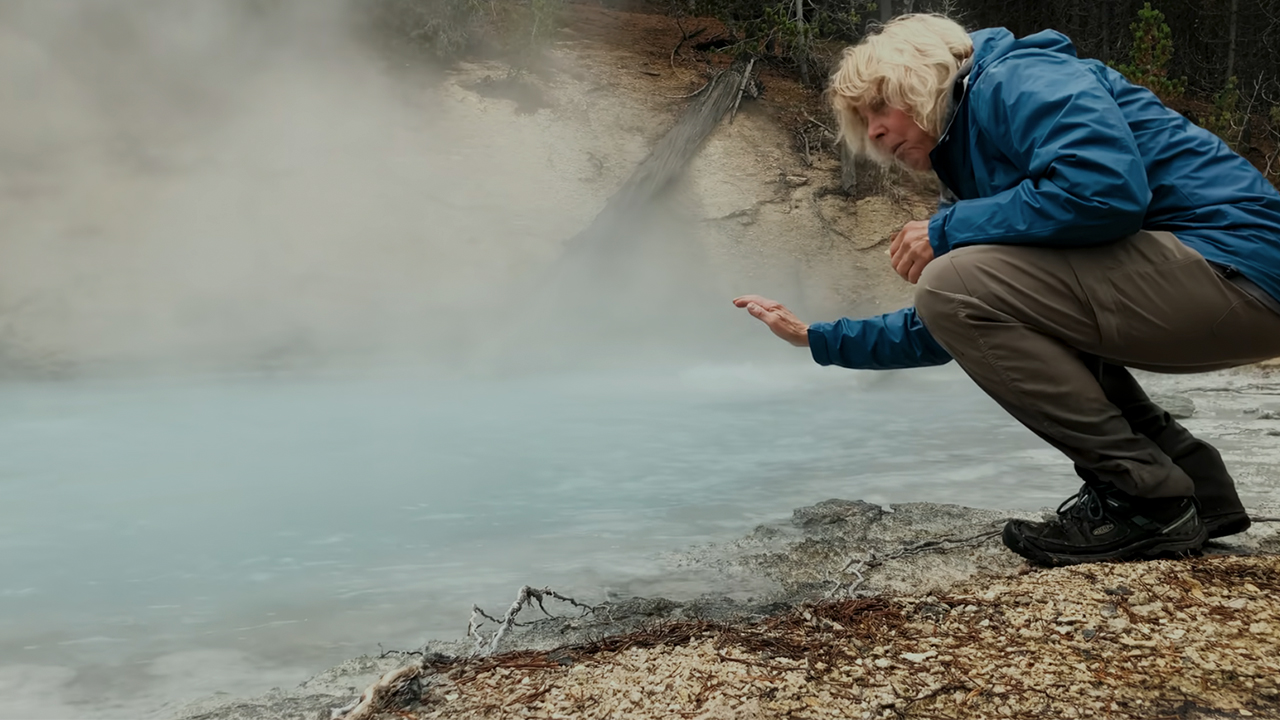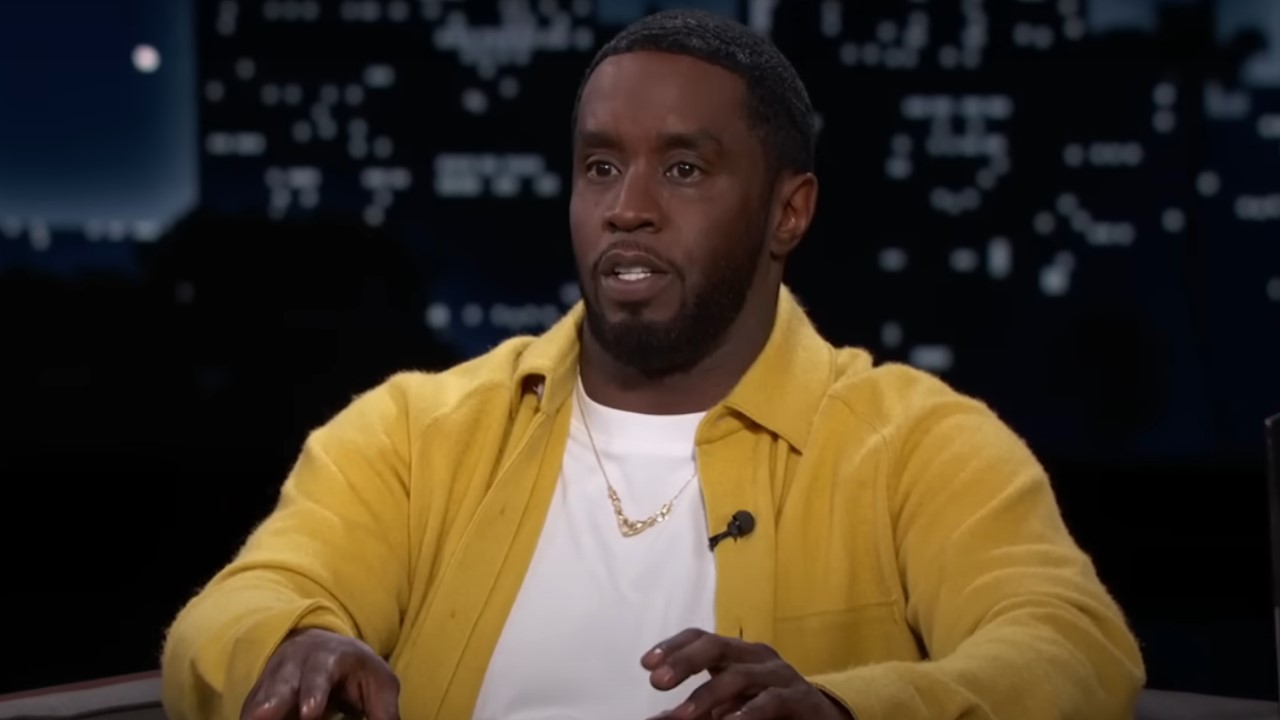32 Movies With Drastically Different Alternate Endings
Some of these movies would have be completely different...
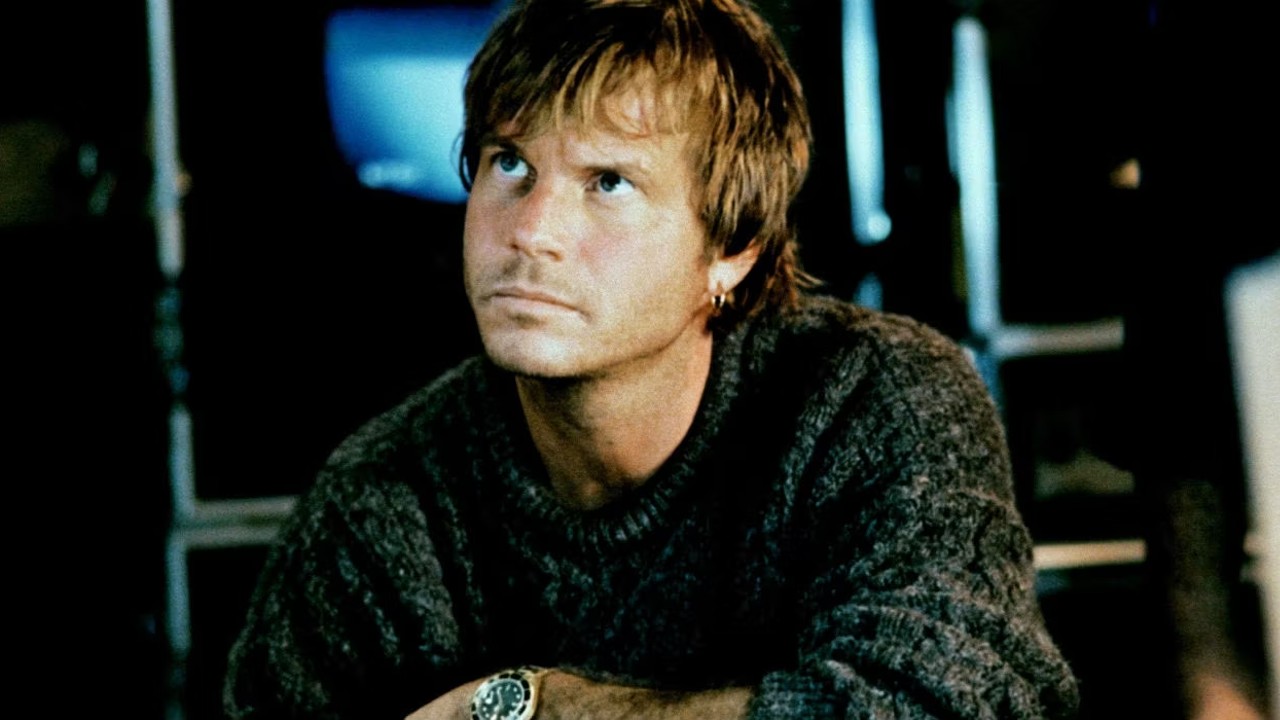
There have been some totally wild movie endings over the years, and others that many remember more than their respective movies, so much so that they’ve entered the zeitgeist even for those who’ve never watched them before. However, some of those iconic Academy Award-winning films almost had alternate endings that differed drastically from what we saw, that were either originally a part of the movie or written or shot as a back-up plan if the director and cast didn’t stick the landing.
Here are 32 movies that almost ended in a completely different manner…
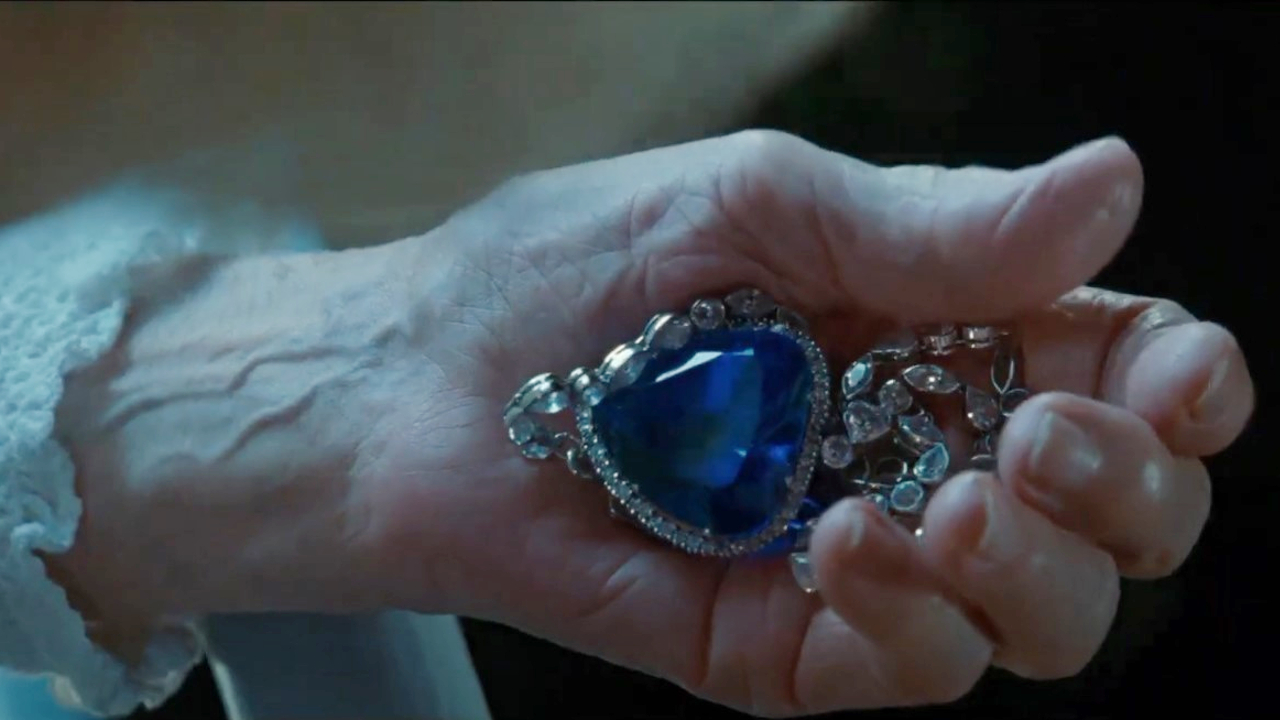
Titanic (1997)
We’re all familiar with the Titanic ending: Jack Dawson (Leonardo DiCaprio) dies, Rose DeWitt Bukater (Kate Winslet) survives and lives a long and fulfilling life. And while that aspect didn’t change in the film’s alternate ending, the scene where the present-day Rose (Gloria Stuart) drops the Heart of the Ocean into the Atlantic played out differently. Instead of being on her own and never revealing she had the diamond all along, Rose is caught by Brock Lovett (Bill Paxton), who gets to touch the necklace before the elderly woman drops the stone below.
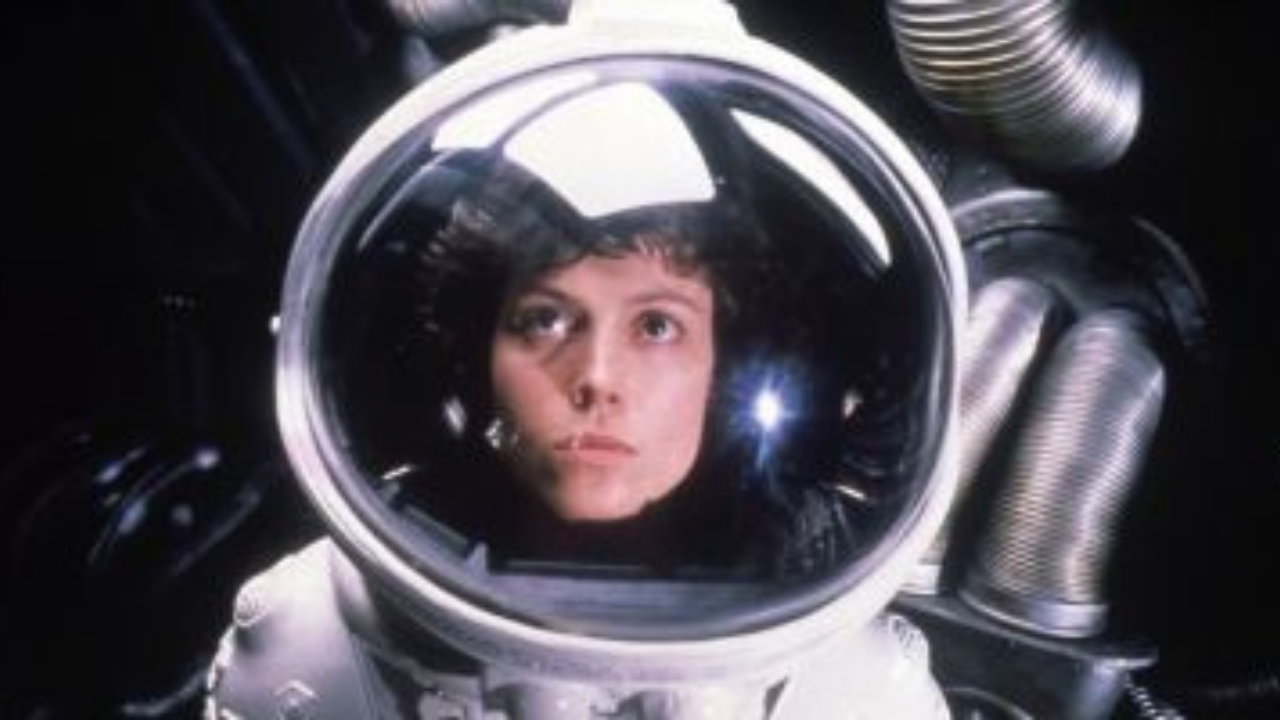
Alien (1979)
Ridley Scott’s sci-fi horror classic, Alien, ends with Ellen Ripley (Sigourney Weaver) defeating the Xenomorph once and for all before going into cryo-sleep. However, the filmmaker revealed in an interview with EW that his original vision saw the movie ending on a much more somber note with the heroine having her head ripped off by the alien creature.

Seven (1995)
Is there a movie ending more memorable than the Seven finale with its painful “What’s in the box?” scream from Brad Pitt’s David Mills? Well, David Fincher’s 1995 thriller could have gone in multiple directions, according to the Telegraph (via SlashFilm). In fact, there were seven alternate endings, including one where William Somerset (Morgan Freeman) kills John Doe (Kevin Spacey), one where Mills shoots Somerset to prevent him from killing Doe, and one including a dead dog in the box.
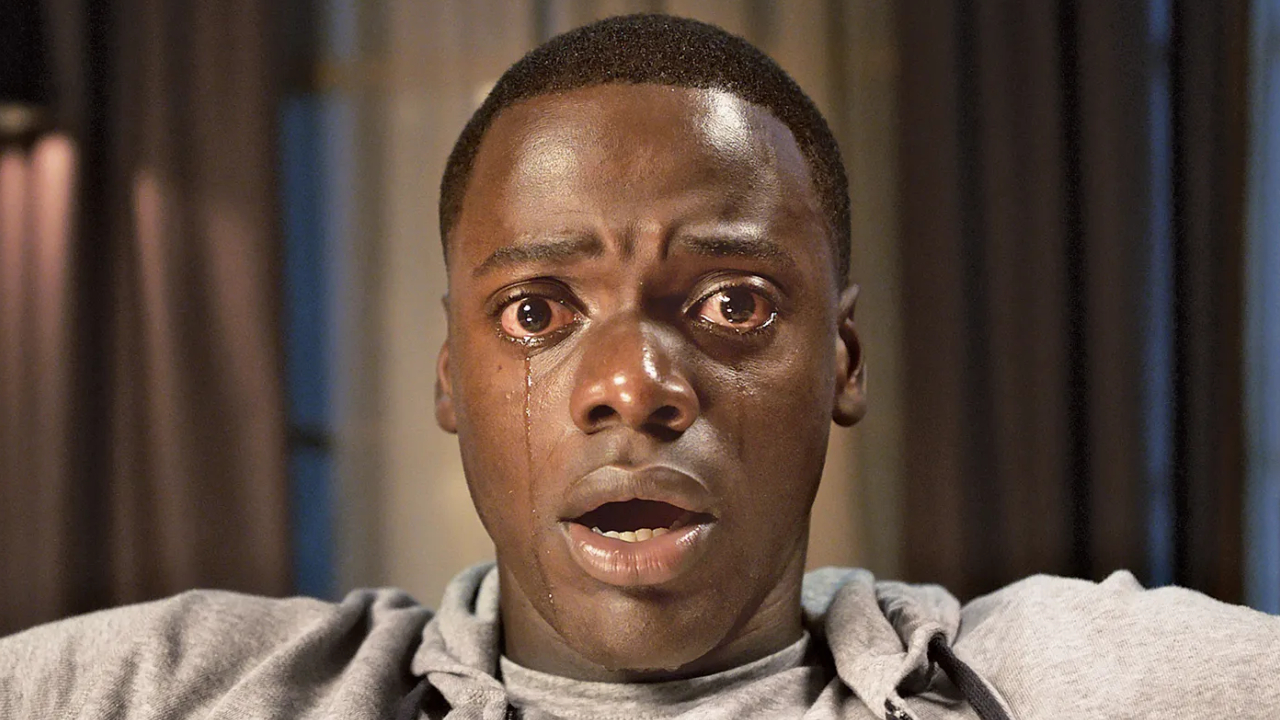
Get Out (2017)
The Get Out ending leaves things on a relatively high note with Chris Washington (Daniel Kaluuya) being rescued by his best friend, Rod Williams (Lil Rel Howery), but there’s an alternate scene that is more devastating than anything in the final film. In the Get Out alternate ending, it isn’t Rod who shows up but instead a police officer who arrests Chris for the murder of Rose Armitage (Allison Williams).
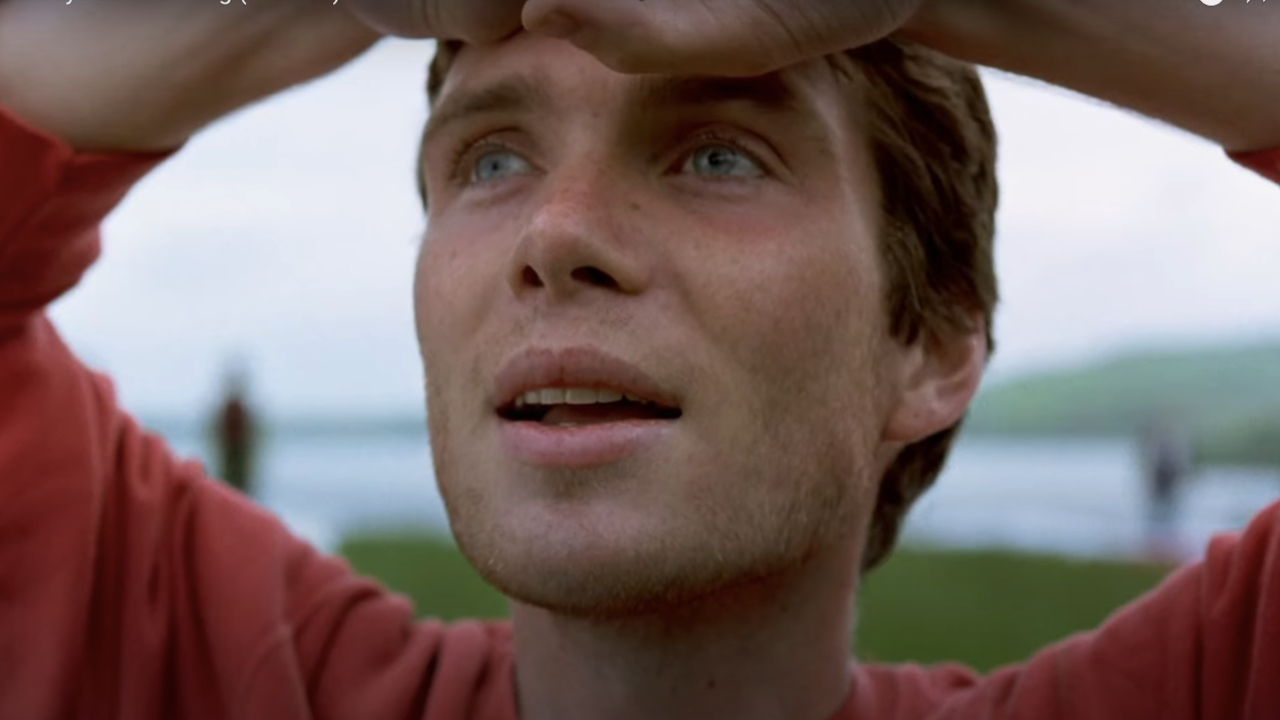
28 Days Later (2002)
Danny Boyle’s 28 Days Later is one of the most transformative zombie movies of the 21st century and one of the best 2000s movies. The movie’s main ending wraps up with a suggestion that Jim (Cillian Murphy), Selena (Naomie Harris), and Hannah (Megan Burns) will be saved after escaping the fortified mansion. However, the 28 Days Later alternate endings are far more grim and over-the-top, with one wrapping up with an ambiguous car crash, another where Jim dies, and another with a wild blood transfusion sequence.
CINEMABLEND NEWSLETTER
Your Daily Blend of Entertainment News
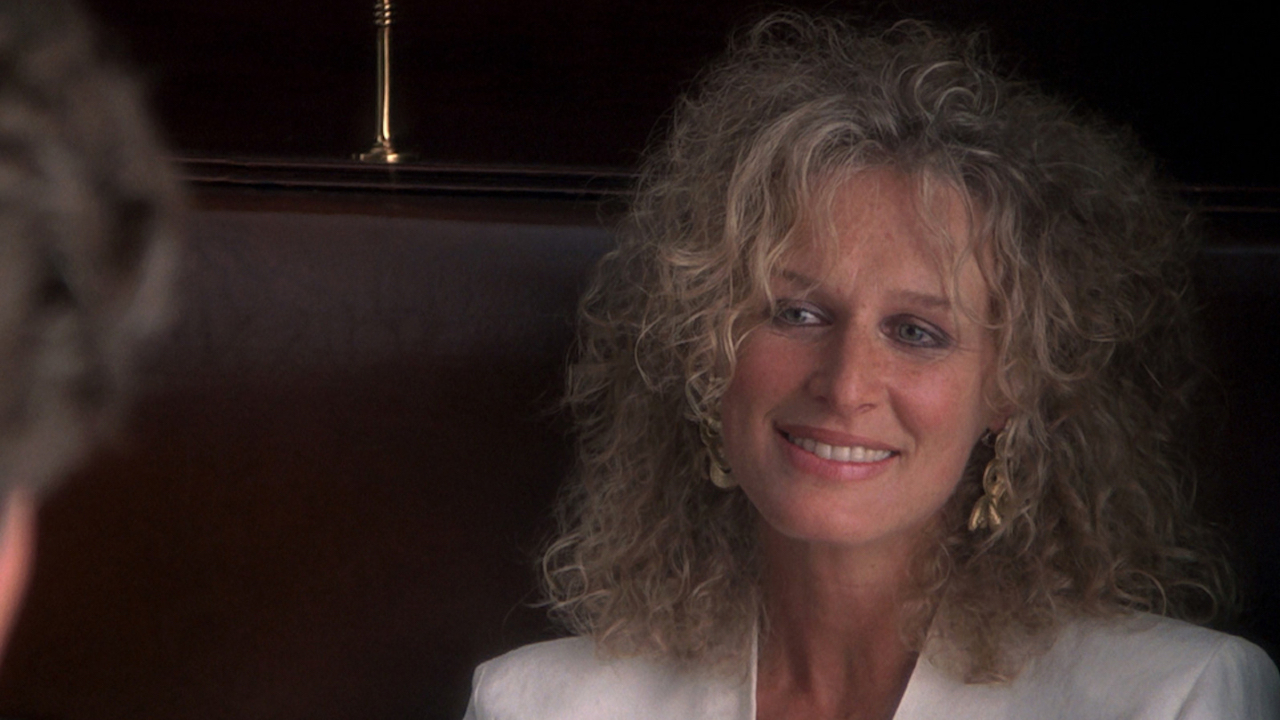
Fatal Attraction (1987)
The 1987 erotic thriller, Fatal Attraction, ends with Alex Forrest (Glenn Close) being shot and killed by Beth Rogerson Gallagher (Anne Archer), Dan’s wife. However, according to Vanity Fair, the alternate -- well, original -- ending saw Alex die after slashing her own throat, which didn’t work with test audiences.
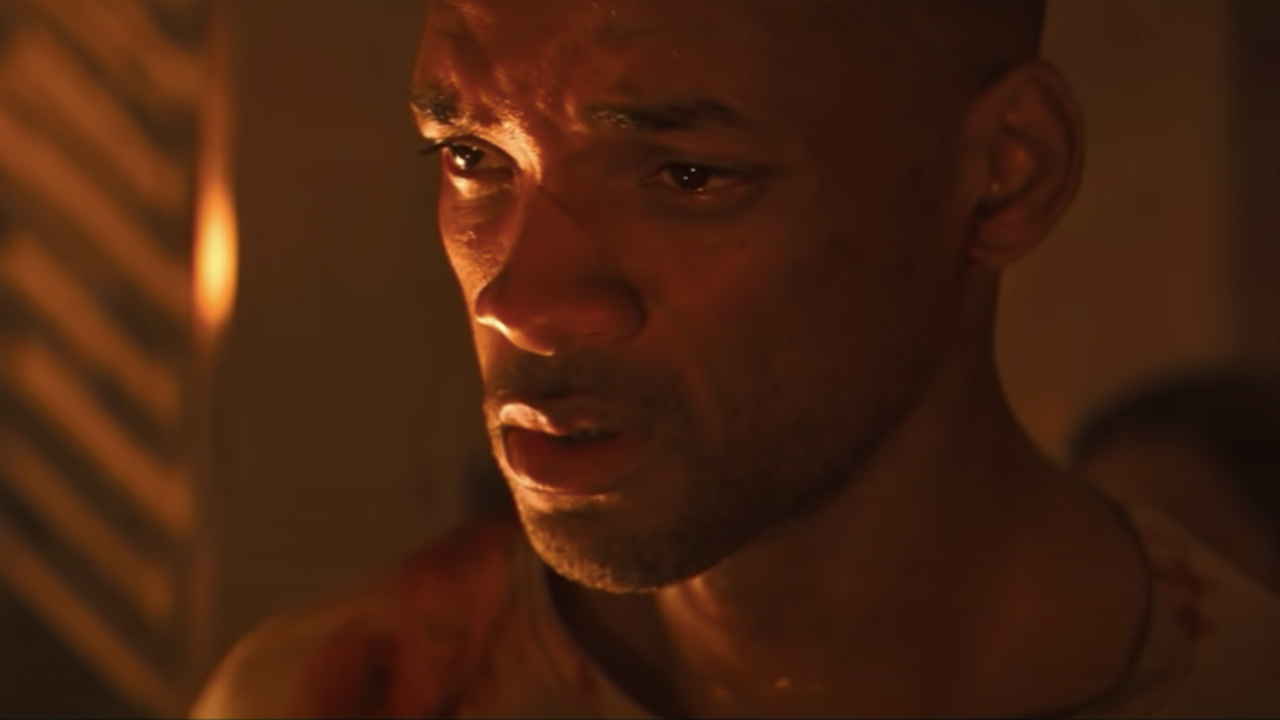
I Am Legend (2007)
The I Am Legend alternate ending is one that provides a lot more context for the overall story than the version we saw in theaters. In this version, Will Smith’s Robert Neville discovers that the Alpha Male Hemocyte was trying to save his mate the whole time and that the creatures see the human as their boogeyman. This completely changes the way you look at the “monsters” while also keeping the humans alive.
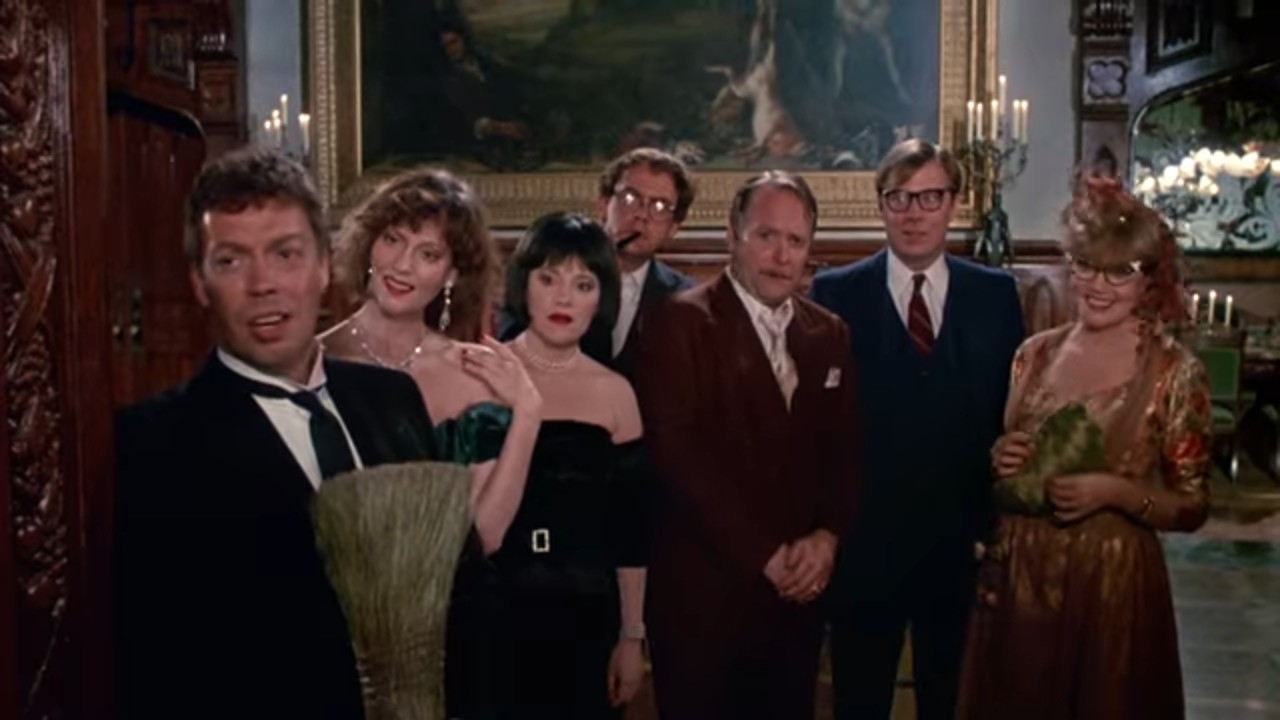
Clue (1985)
John Landis’ legendary murder mystery comedy, Clue, has not one, not two, but three different endings before the credits roll. And unlike a lot of movies where the alternate conclusions aren’t seen until put on DVD years later, moviegoers get to see the “Miss Scarlet” ending, the “Mrs. Peacock” ending, and the “real” ending in one viewing.
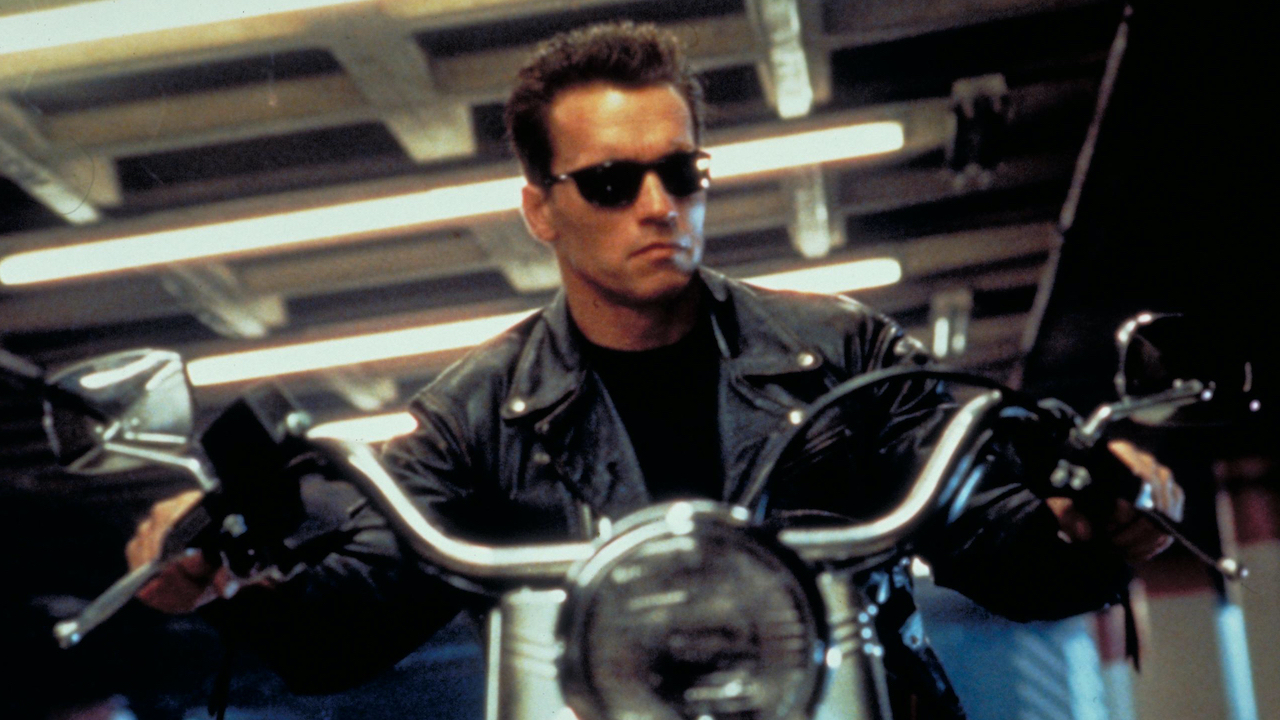
Terminator 2: Judgment Day (1991)
James Cameron’s Terminator 2: Judgment Day, one of the best action movies of all time, ends with T-800 (Arnold Schwarzenegger) sacrificing himself to save Sarah (Linda Hamilton) and John Connor (Edward Furlong) who then drive down an open highway. The alternate ending ends on a different note with an older Sarah Connor talking about John becoming a Senator instead of a soldier in the war between man and machine.
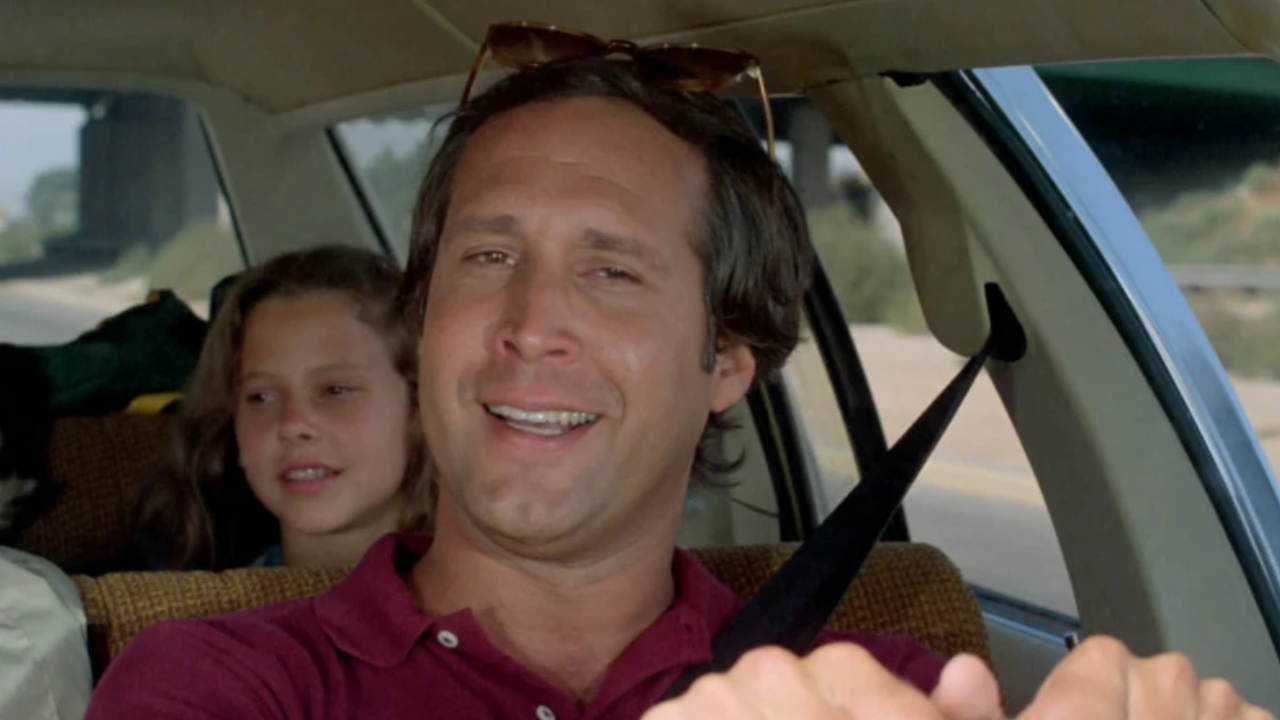
National Lampoon's Vacation (1983)
We all know how National Lampoon’s Vacation ends: Clark Griswold (Chevy Chase) buys a BB gun and forces his way into Walley World after driving 2,400 miles across the country. The original version of the movie, however, never saw the family enter the park. Instead, they confronted Roy Walley (Eddie Bracken) at his home, as detailed in an EW oral history of the massive change.
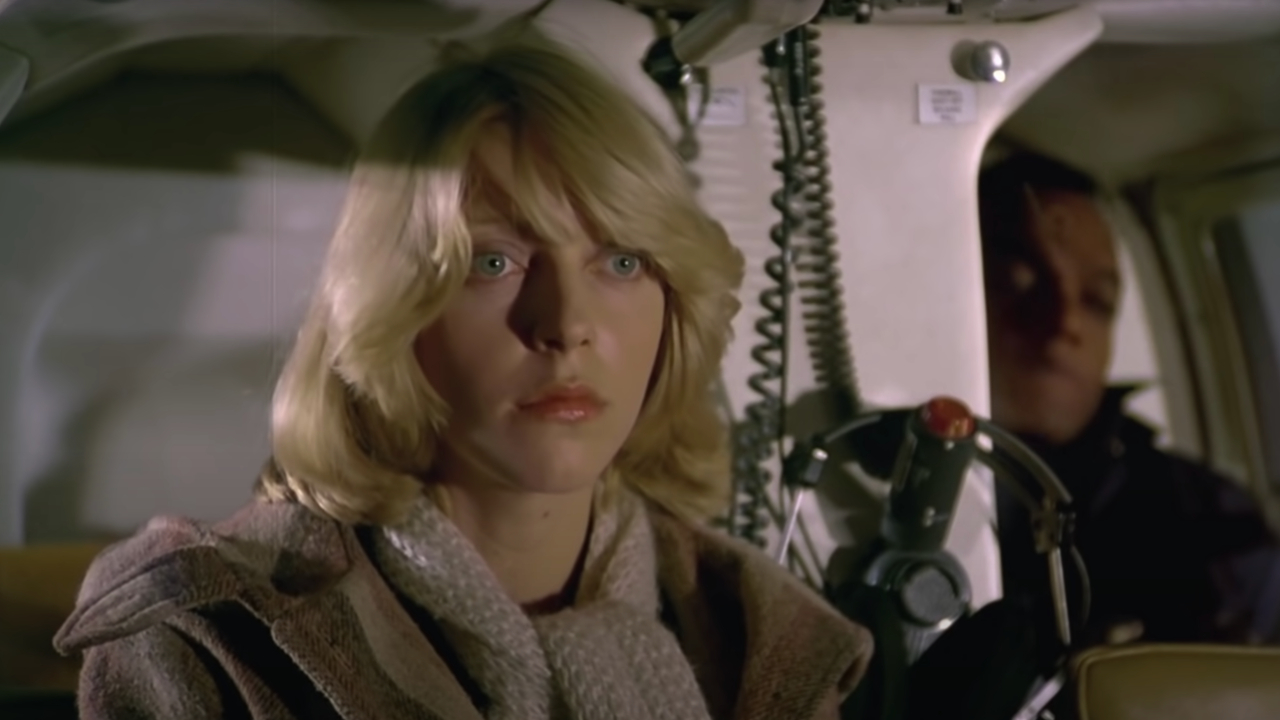
Dawn of the Dead (1978)
Though George A. Romero’s Dawn of the Dead doesn’t end on the happiest of notes – Peter (Ken Foree) and Fancine (Gaylen Ross) escape in a helicopter with limited fuel and a zombie-infested landscape – it’s far more uplifting than what the late horror master originally had in store. According to ScreenRant, the original version in the script saw both of the survivors kill themselves before they could be eaten by zombies.
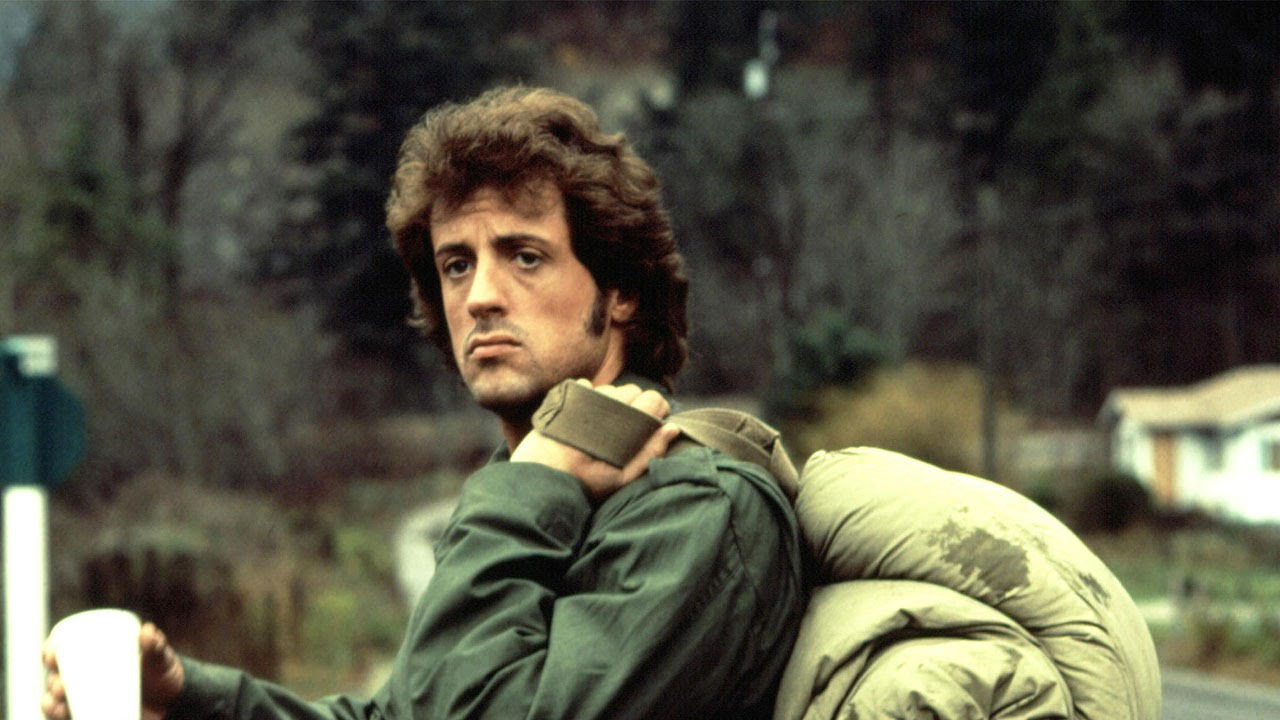
First Blood (1982)
First Blood ends with Johnny Rambo (Sylvester Stallone) tearfully lamenting his Vietnam War experience and the treatment he received upon returning home before being taken into federal custody. However, according to EW, the movie was going to originally end with the hero taking his own life.
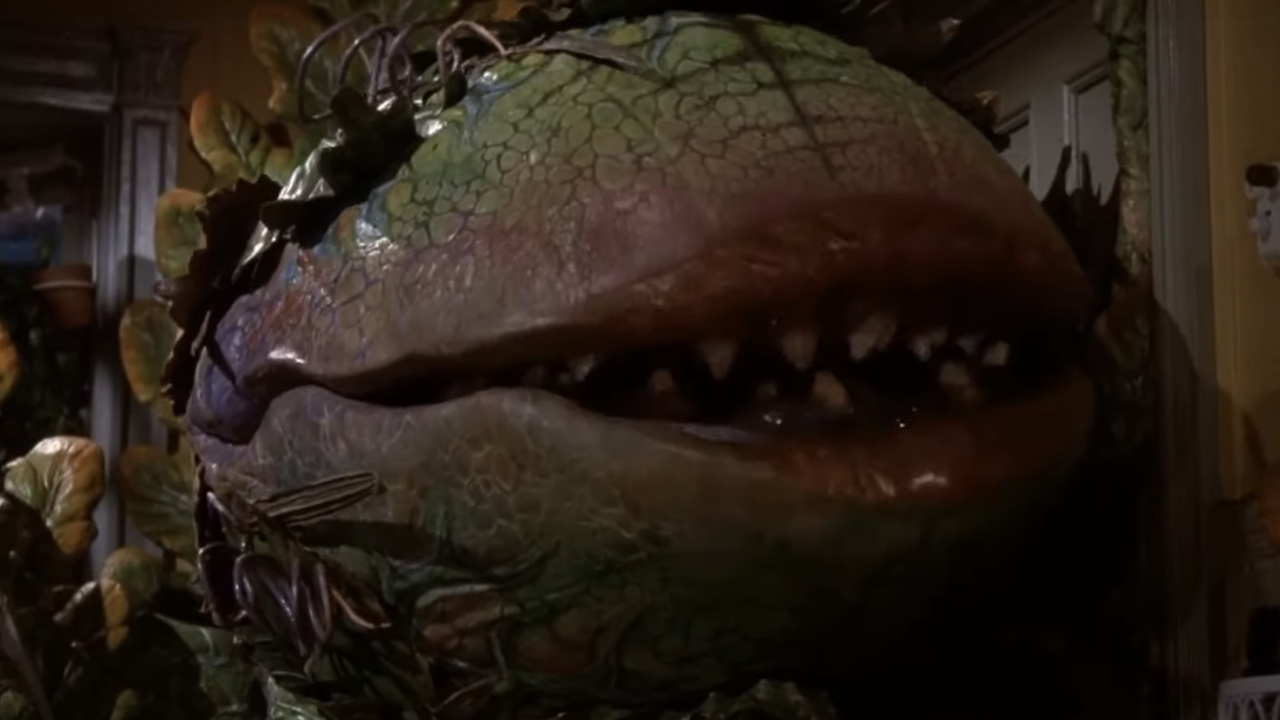
Little Shop Of Horrors (1986)
Frank Oz’s Little Shop of Horrors ends with Seymour Krelborn (Rick Moranis) and Audrey (Ellen Greene) getting married after destroying Audrey II, but the musical comedy’s original, and far more depressing ending, was a different story. In this version, the man-eating plant eats its owner and begins to take over the world, toppling (and eating) everything in its path.
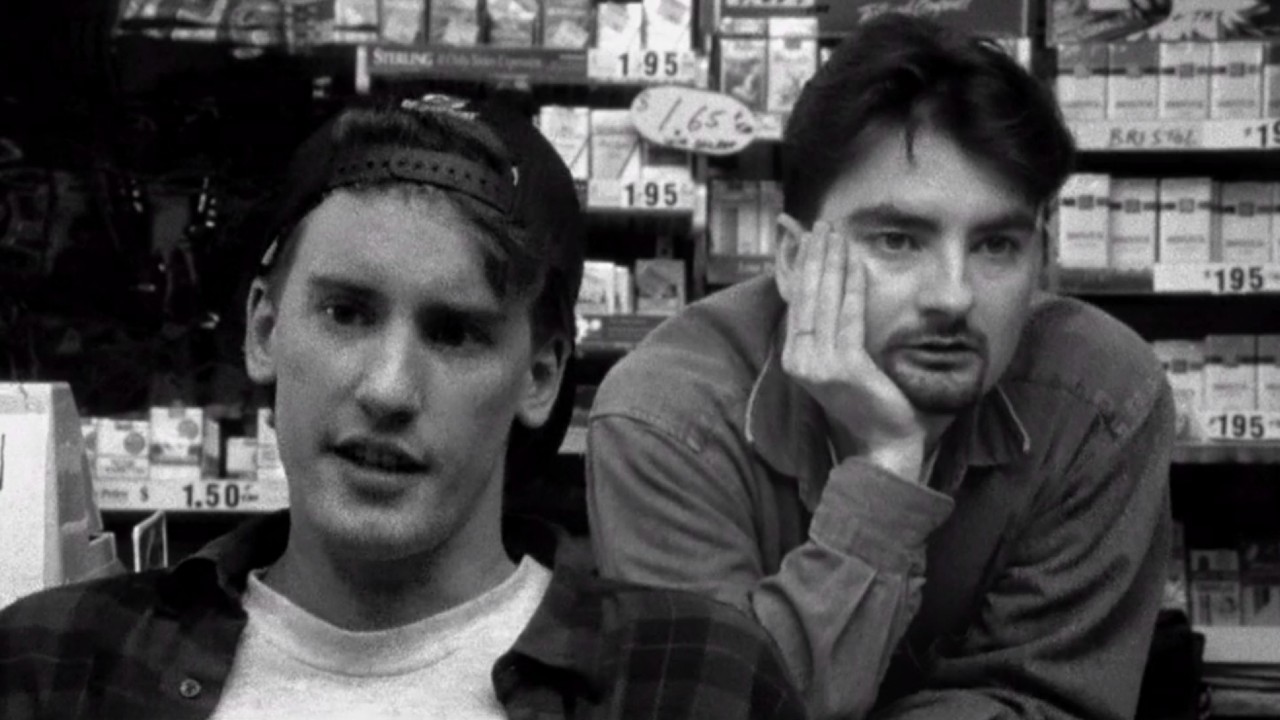
Clerks (1994)
Nearly 30 years after the release of Clerks, Kevin Smith took to Twitter to share a scene from the original script that would have had his directorial debut end on a different note. In this alternate ending, Dante Hicks (Brian O’Halloran) is shot and killed instead of taking the next day off.
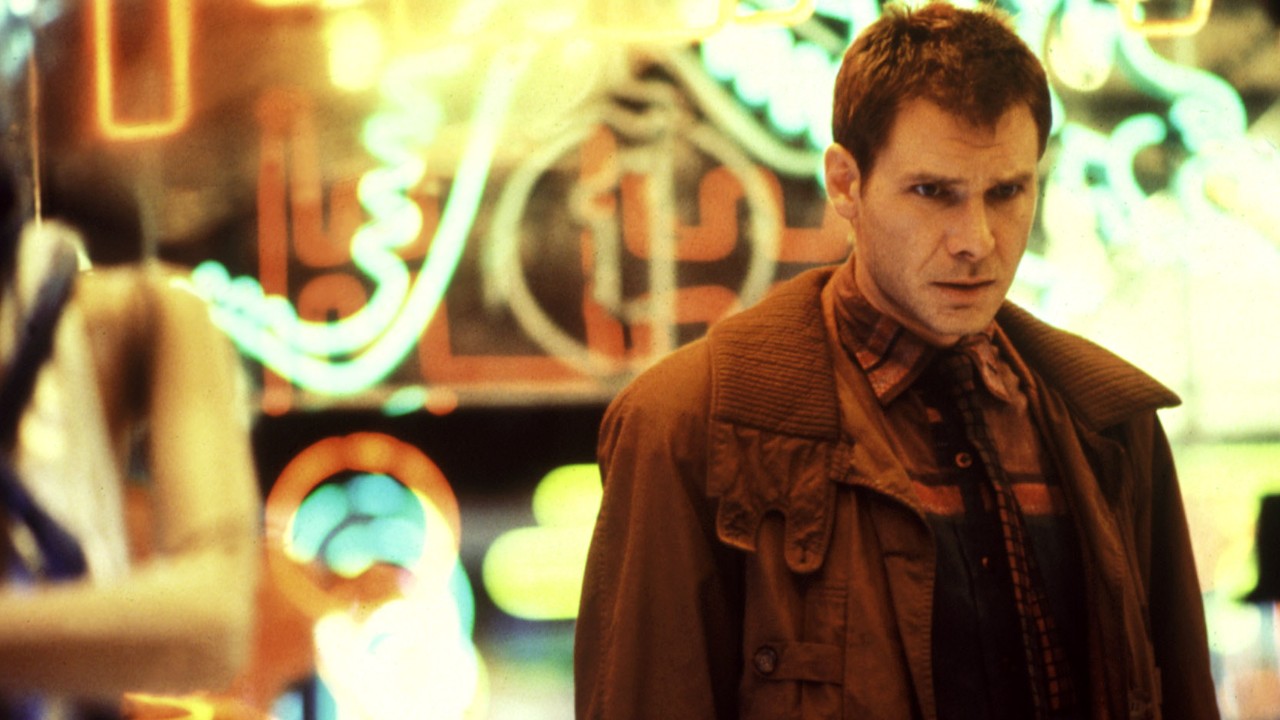
Blade Runner (1982)
Ridley Scott’s Blade Runner has long been known for its various different cuts, each of which has a slightly different ending. The theatrical cut ends with Deckard (Harrison Ford) and Rachel (Sean Young) driving away from Los Angeles with a voice-over track, the director’s cut ends much earlier in the story and gets rid of the narration. This latter version was enhanced in the “Final Cut” years later, according to SlashFilm.
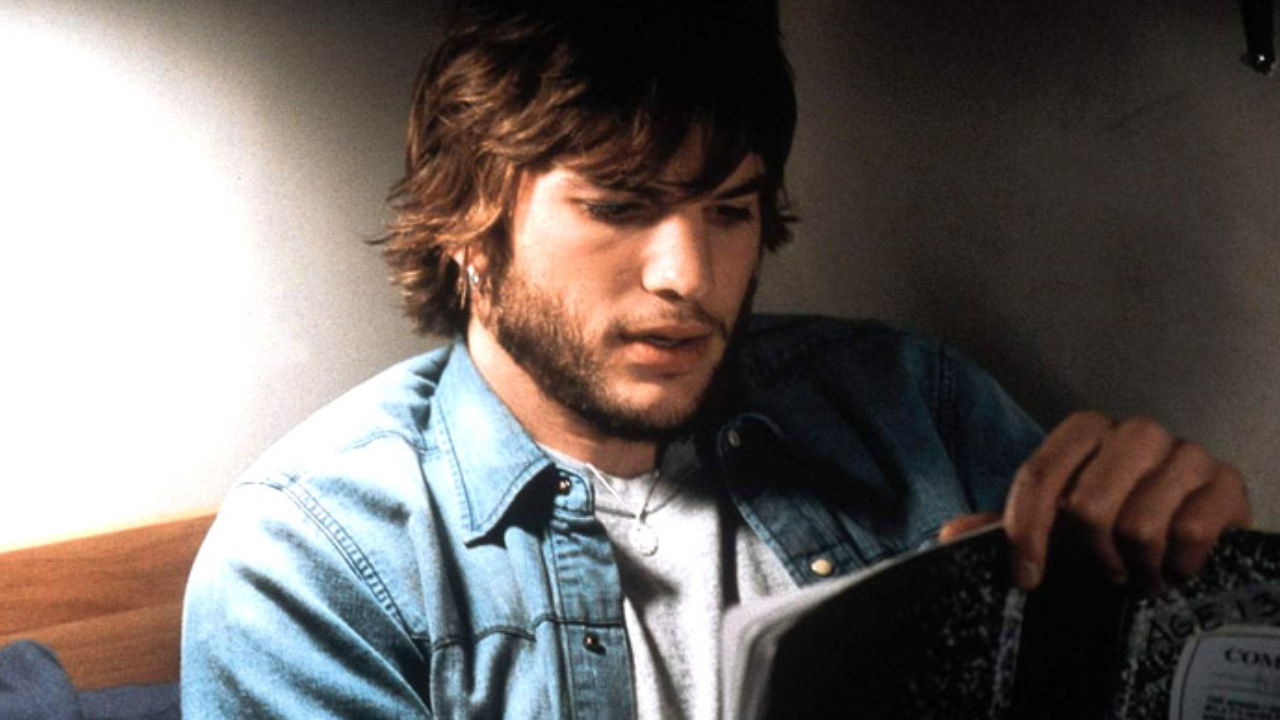
The Butterfly Effect (2004)
The 2004 psychological thriller, The Butterfly Effect ends with Evan (Ashton Kutcher) going back in time to make a bad impression on Kayleigh (Amy Smart) so they won’t be together later in life. However, the director’s cut features an ending that sees the protagonist go back and prevent himself from being born to save everyone from the fallout of his actions.
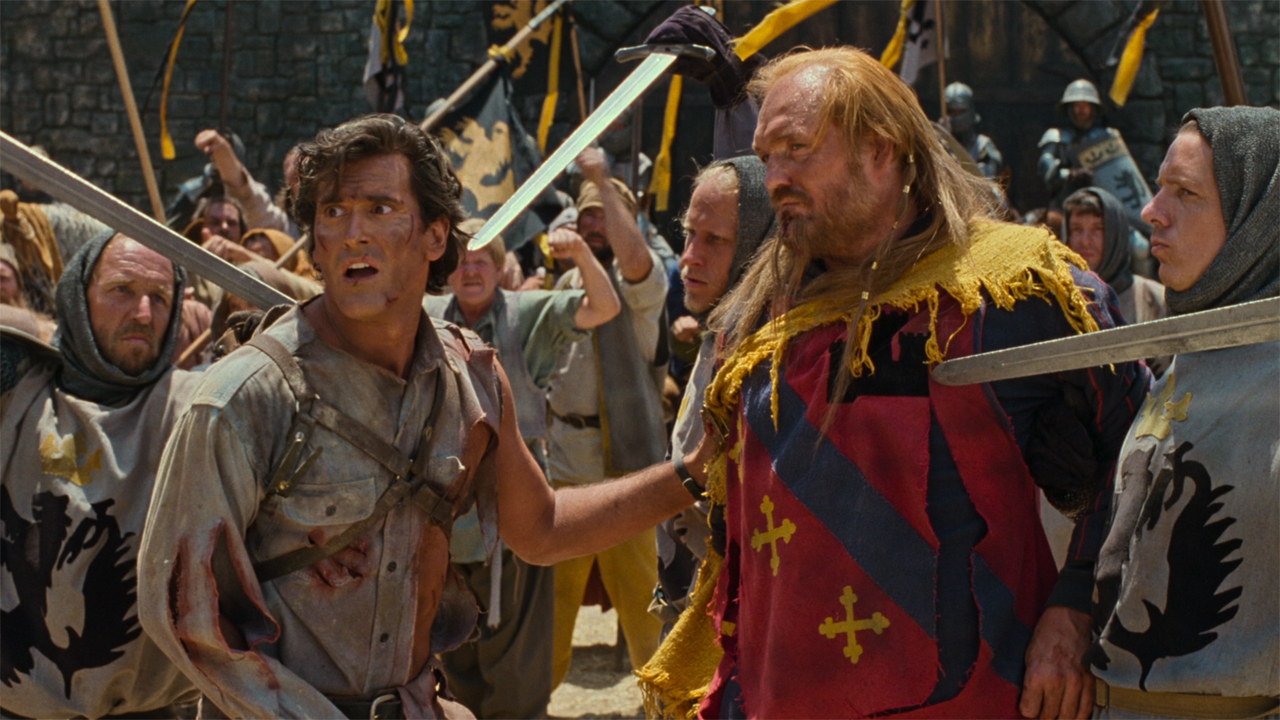
Army of Darkness (1993)
Army of Darkness ends with Ash Williams (Bruce Campbell) being sent back to the present where he recounts his story to a coworker before killing a Deadite and saving the day. Sam Raimi’s original ending instead sees Ash oversleeping and waking up in a post-apocalyptic world instead of his own..
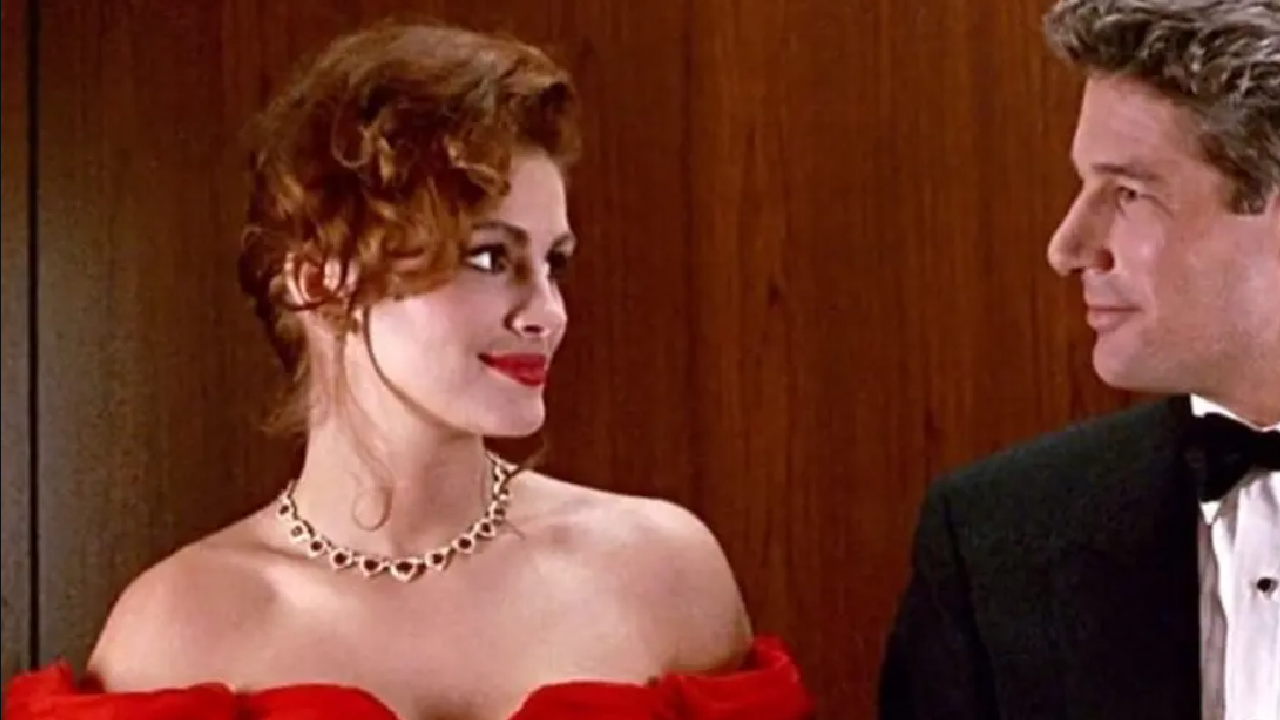
Pretty Woman (1990)
Pretty Woman, one of the best romantic comedies of all time, ends with Vivian Ward (Julia Roberts) and Edward Lewis (Richard Gere) living happily ever after. However, as noted by Vanity Fair, the original ending in the script was much darker, and ended with the female character essentially having a stack of cash thrown at her while the male lead drove away.
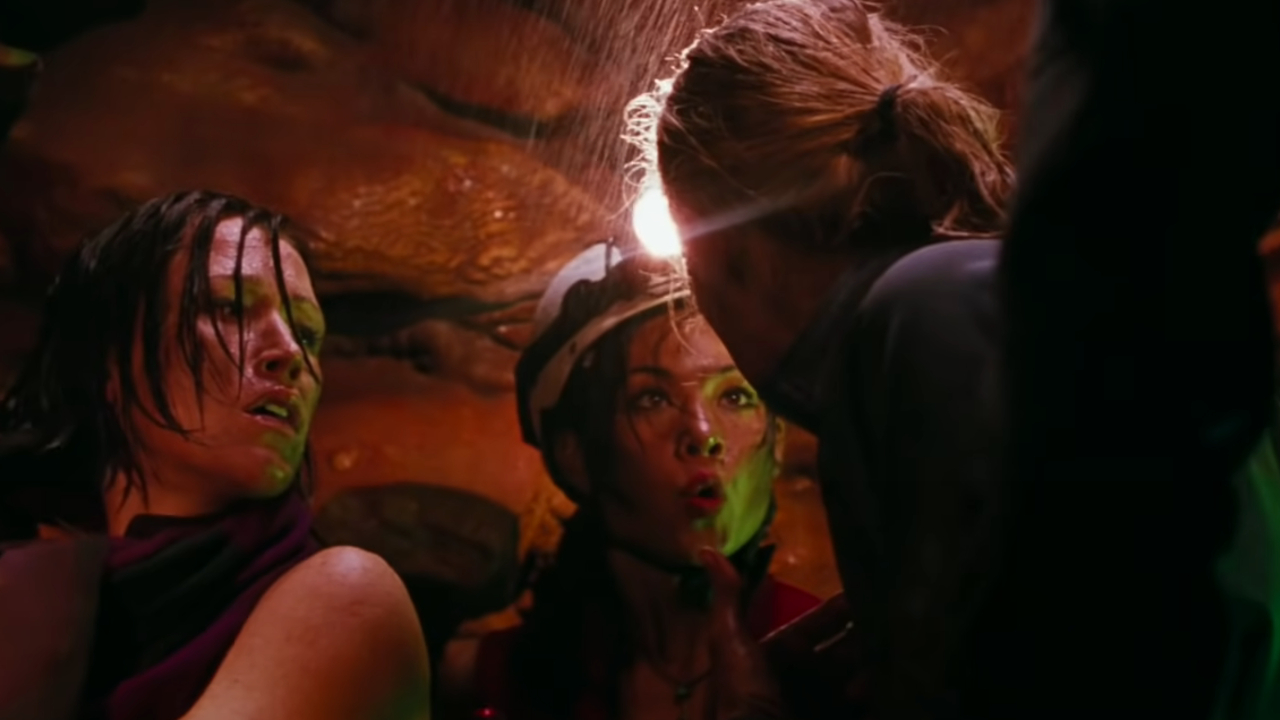
The Descent (2005)
Neil Marshall’s 2005 British horror movie has two endings, one that was shown around the world during its initial release and another for American audiences in 2006. In the original ending, Sarah (Shauna Macdonald) seemingly escapes the cave only for her departure being revealed as a hallucination before she is devoured by crawlers. The alternate ending shown in the states doesn’t include the revelation that her escape was a fantasy, as pointed out by Vulture.
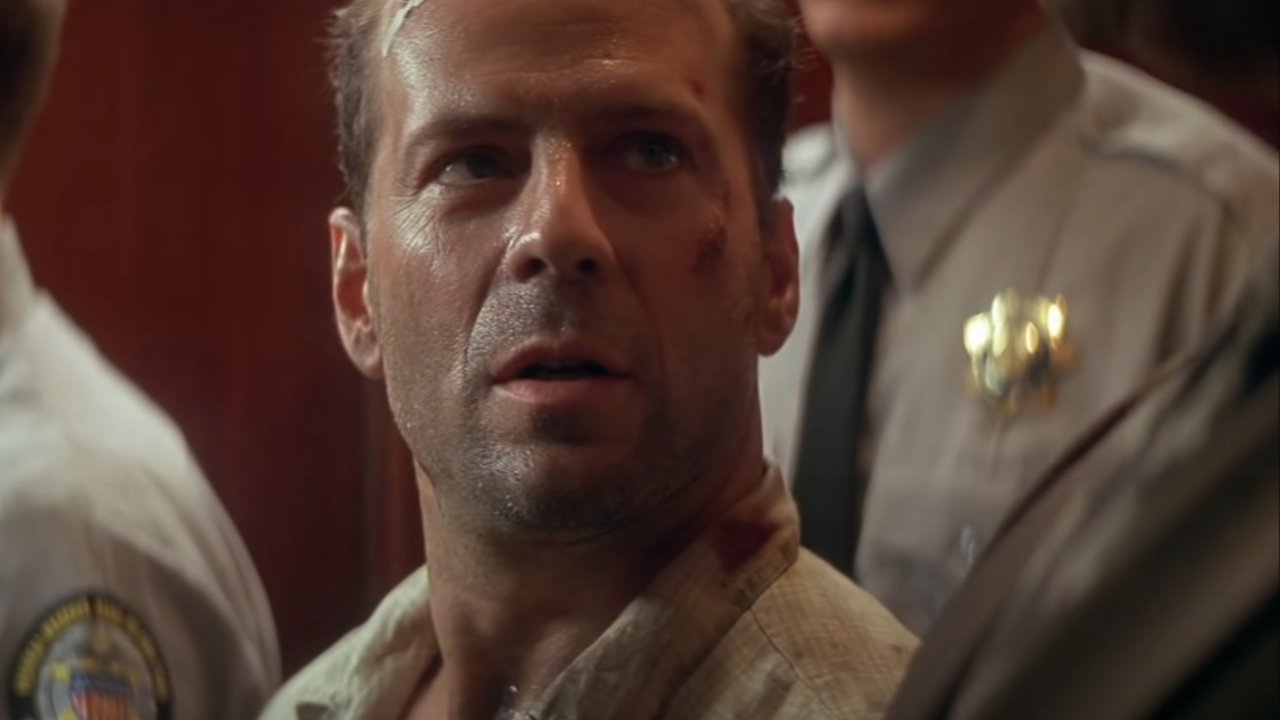
Die Hard With A Vengeance (1995)
Did you know there’s an alternate ending for Die Hard with a Vengeance, one where Simon Gruber (Jeremy Irons) evades capture and doesn’t die in a helicopter crash? Well, that’s the case. In the alternate version, which was filmed, John McClane (Bruce Willis) is blamed for everything before losing his job, pension, and marriage. However, McClane eventually gets revenge on the man who took everything from him, just much later in a bar in Hungary.
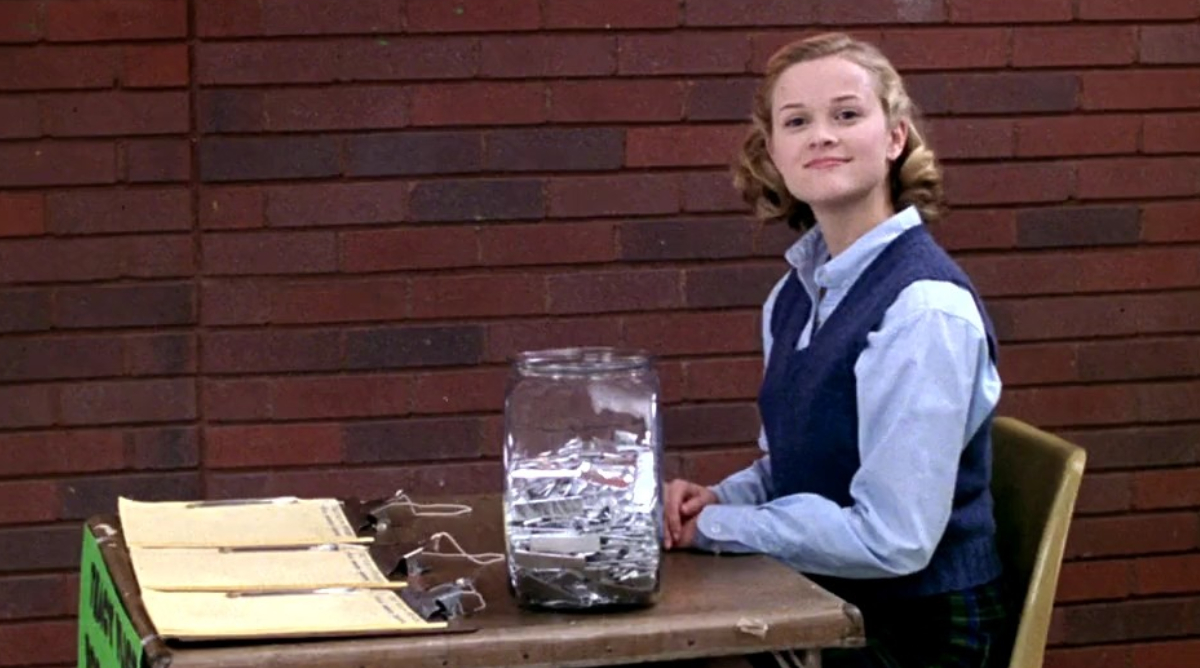
Election (1999)
Alexander Payne’s Election ends with Jim McAllister (Matthew Broderick) leaving Nebraska for New York City and becoming a tour guide at the American Museum of Natural History while Tracy Flick (Reese Witherspoon) starts a new life in Washington, D.C.. However, an alternate version covered by The Atlantic, wraps up with Jim and Tracy meeting again at a Nebraska car dealership where they settle their differences.
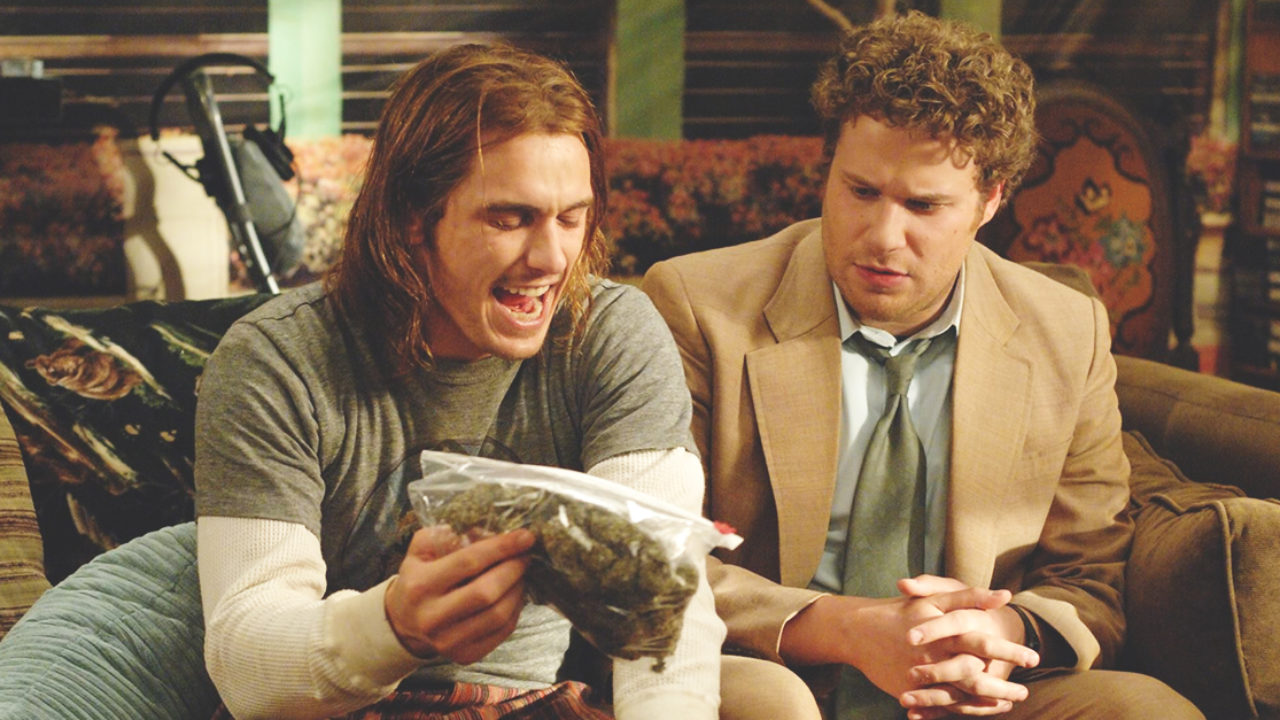
Pineapple Express (2008)
Pineapple Express has a hilarious ending where Dale Denton (Seth Rogen), Saul Silver (James Franco), and Red (Danny McBride) sit in a diner discussing everything that went down hours earlier. But there is an alternate ending to David Gordon Green’s 2008 action comedy that is much more violent than what we saw in theaters.
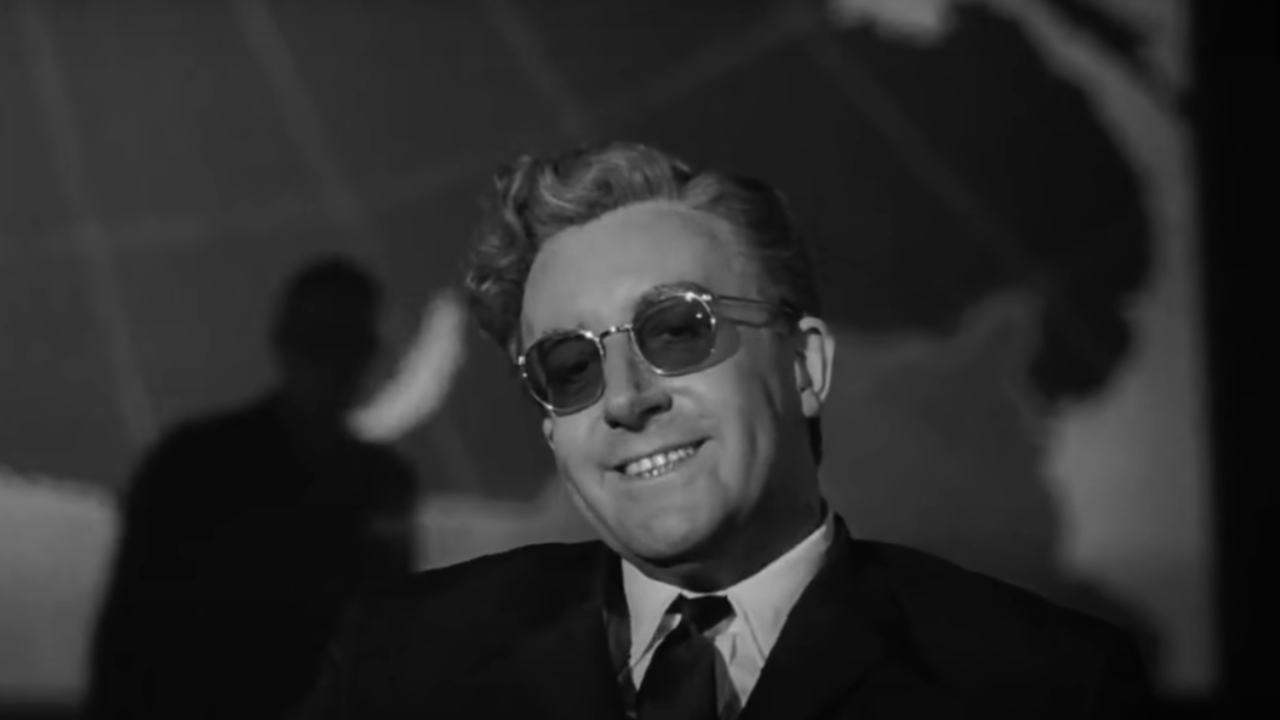
Dr. Strangelove (1964)
Stanley Kubrick’s black comedy, Dr. Strangelove ends with one of the most iconic shots in film history, but it almost ended in a far sillier and less destructive way. According to SlashFilm, the movie was originally set to end with a pie fight. Yes, a pie fight. Though campy, the raucous affair was to serve as a metaphor for the unnecessary violence of war.

Sweet Home Alabama (2002)
Sweet Home Alabama ends with Melanie (Reese Witherspoon) and Jake (Josh Lucas) meeting on the beach during a rainstorm before returning to the Carmichael estate to finally have their first dance. However, when speaking with Insider, director Andy Tennant revealed there was a different ending in which everyone is made to believe Melanie was struck by lightning on the beach. This had to be reworked after test audiences thought the character died on her wedding night.
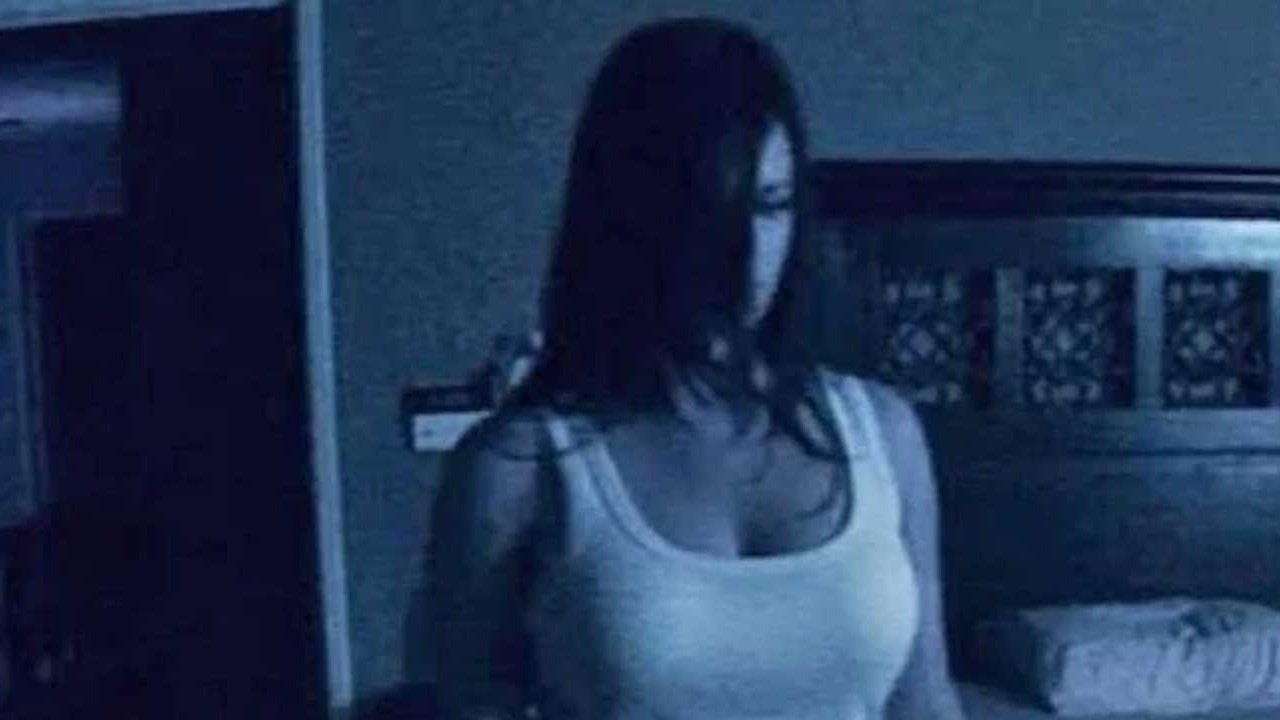
Paranormal Activity (2009)
Paranormal Activity, one of the best found footage horror films, ends with Katie (Katie Featherston) killing her husband, Michah (Micah Sloat) before going missing. However, there are two alternate endings that didn’t make the theatrical cut. Per EW, the first ended like the theatrical release except for the fact that Katie is shot and killed by police. The second ends with Katie taking her own life after killing her husband.
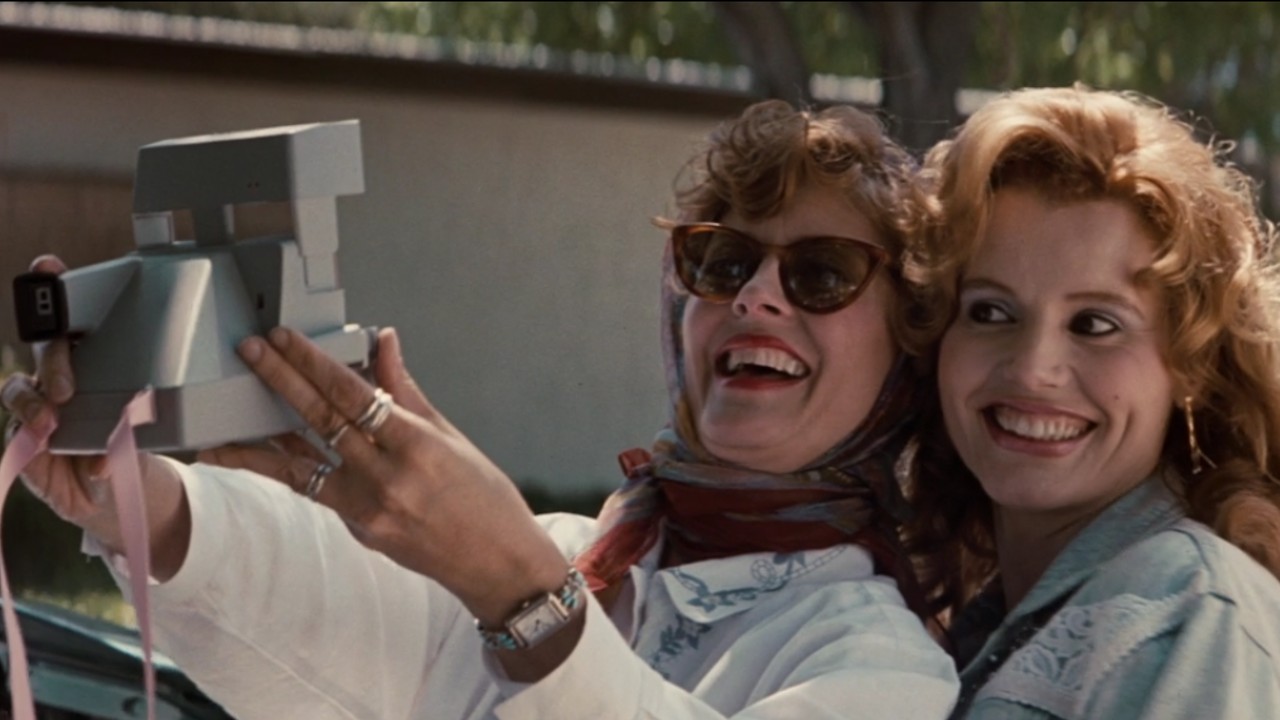
Thelma & Louise (1991)
Thelma & Louise ends with the titular heroines (played by Geena Davis and Susan Sarandon) driving their car off a cliff instead of surrendering to authorities. There’s an alternate ending where the aftermath of the wreck is shown with a lot of focus put on Hal Slocumb (Harvey Keitel) and other law enforcement officers.
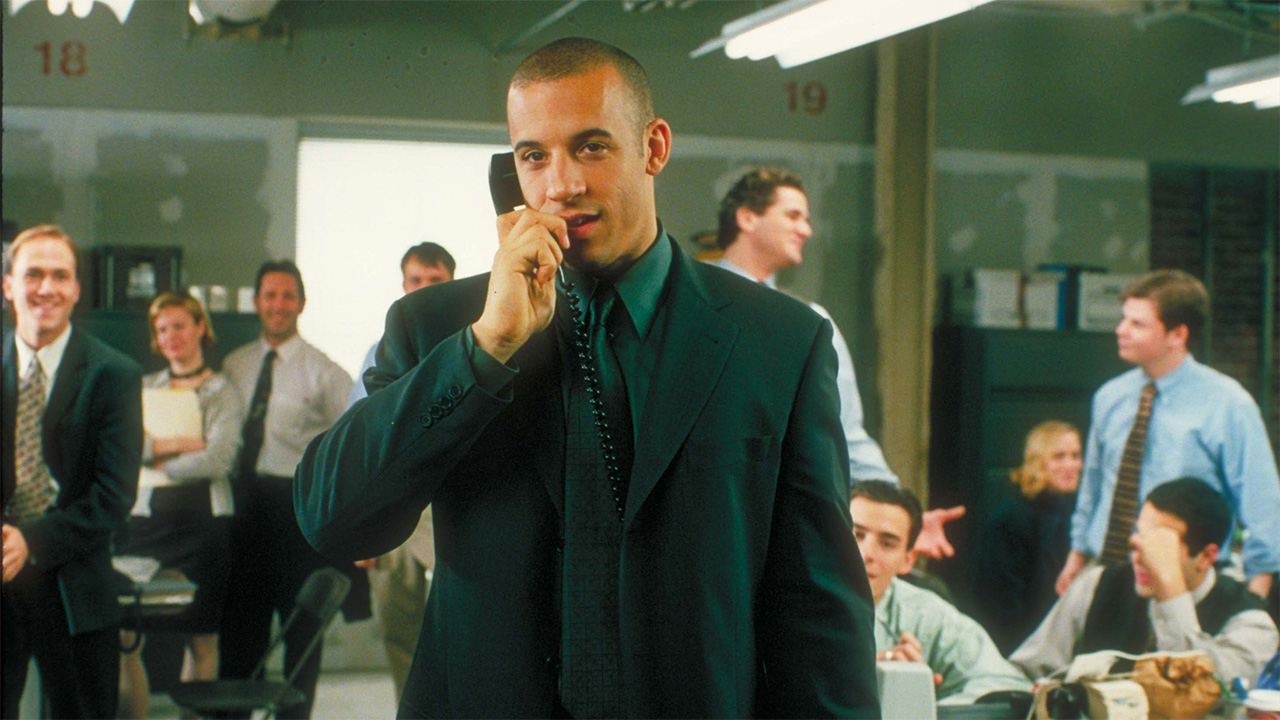
Boiler Room (2000)
The theatrical version of Boiler Room ends with the J.T. Marlin firm being swarmed by FBI agents, but an alternate version ends much differently. Instead of the feds coming in and arresting everyone, it is implied that Harry Reynard (Taylor Nichols), who lost everything because of the company’s scheme, shows up and shoots everyone. Well, except for Seth Davis (Giovanni Ribisi), who escapes in time.
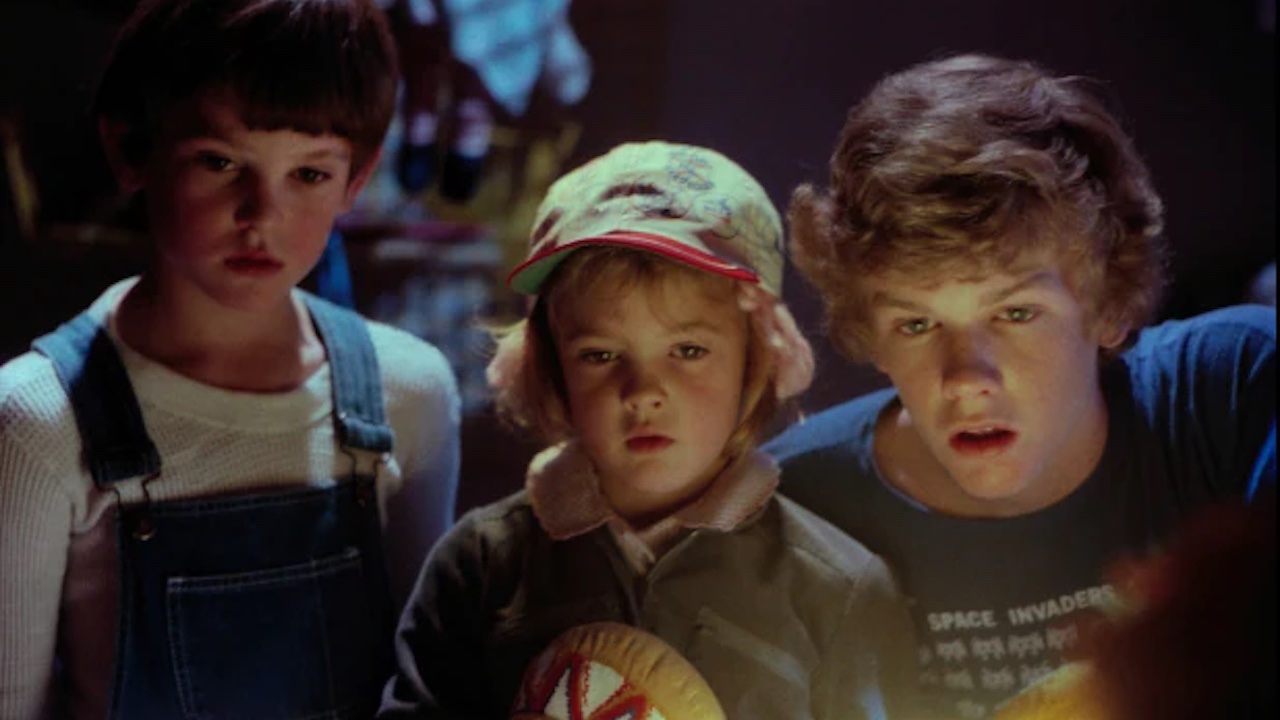
E.T. The Extra-Terrestrial (1982)
E.T. The Extra-Terrestrial was supposed to have a much different ending one in which Elliott (Henry Thomas) was still in contact with his alien friend, based on what Robert MacNaughton, who played the older Taylor brother, revealed to Yahoo! Movies. The scene was scripted, but luckily Steven Spielberg went with the more emotional sendoff.
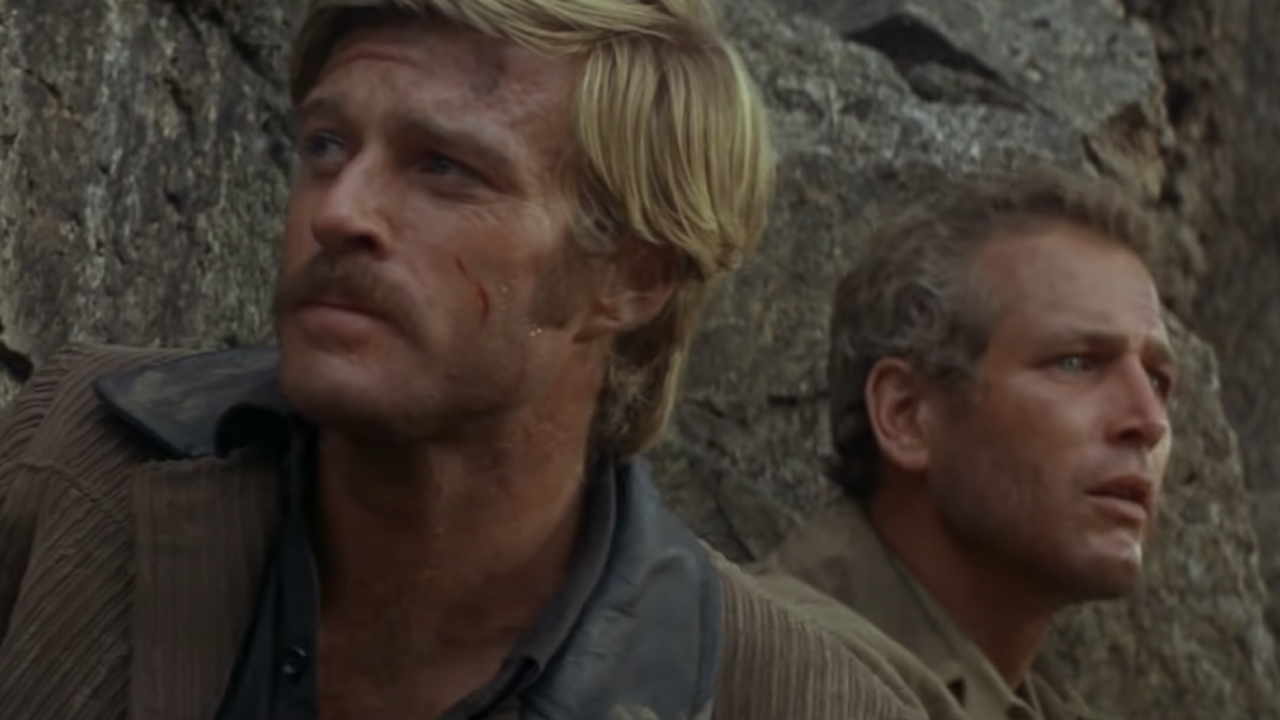
Butch Cassidy and the Sundance Kid (1969)
Butch Cassidy and the Sundance Kid ends with the titular heroes (played by Paul Newman and Robert Redford) going out in a blaze of glory before the credits roll. And while the picture stops just before the shooting begins (only the audio can be heard), there’s an alternate cut where the scene is shown in full, according to SlashFilm.
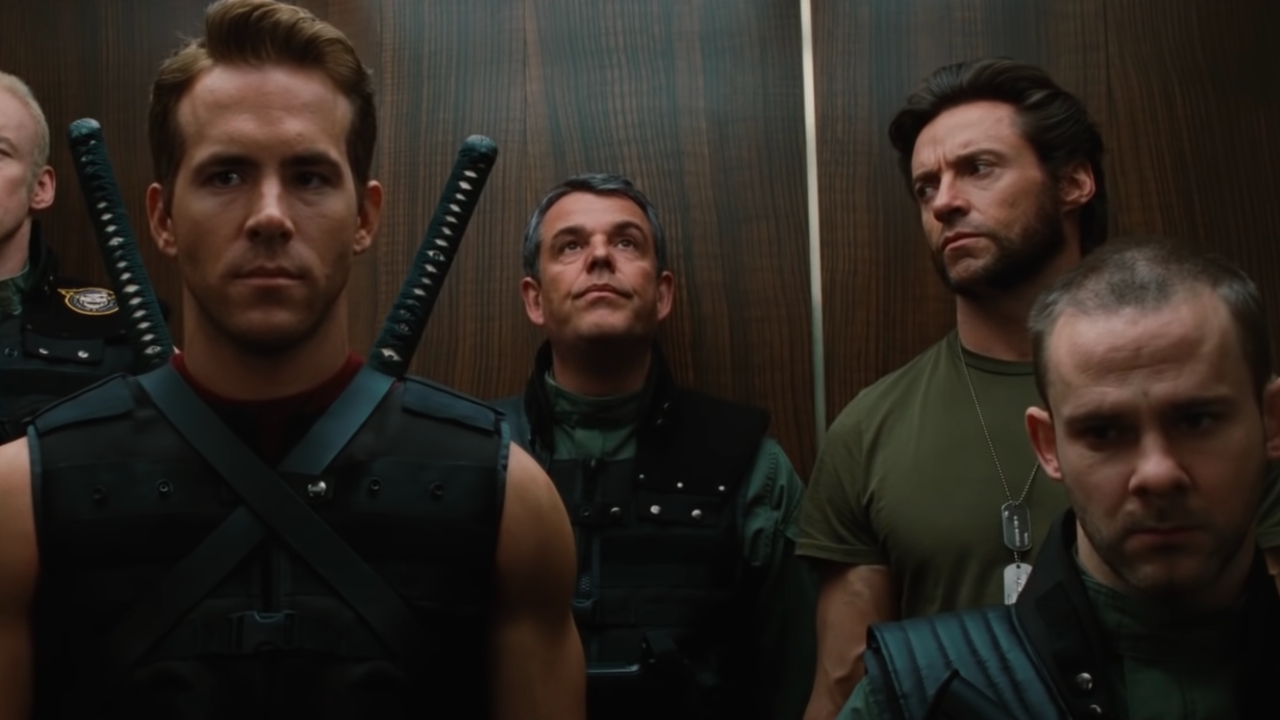
X-Men Origins: Wolverine (2009)
X-Men Origins: Wolverine is a strange case as its two post-credit sequences weren’t shown in all screenings during its 2009 release, per IGN. Both scenes – Logan (Hugh Jackman) drinking in a bar and Deadpool (Ryan Reynolds) shushing the audience – ended up on the home release, but audiences didn’t really know which one they were going to get back in the day.
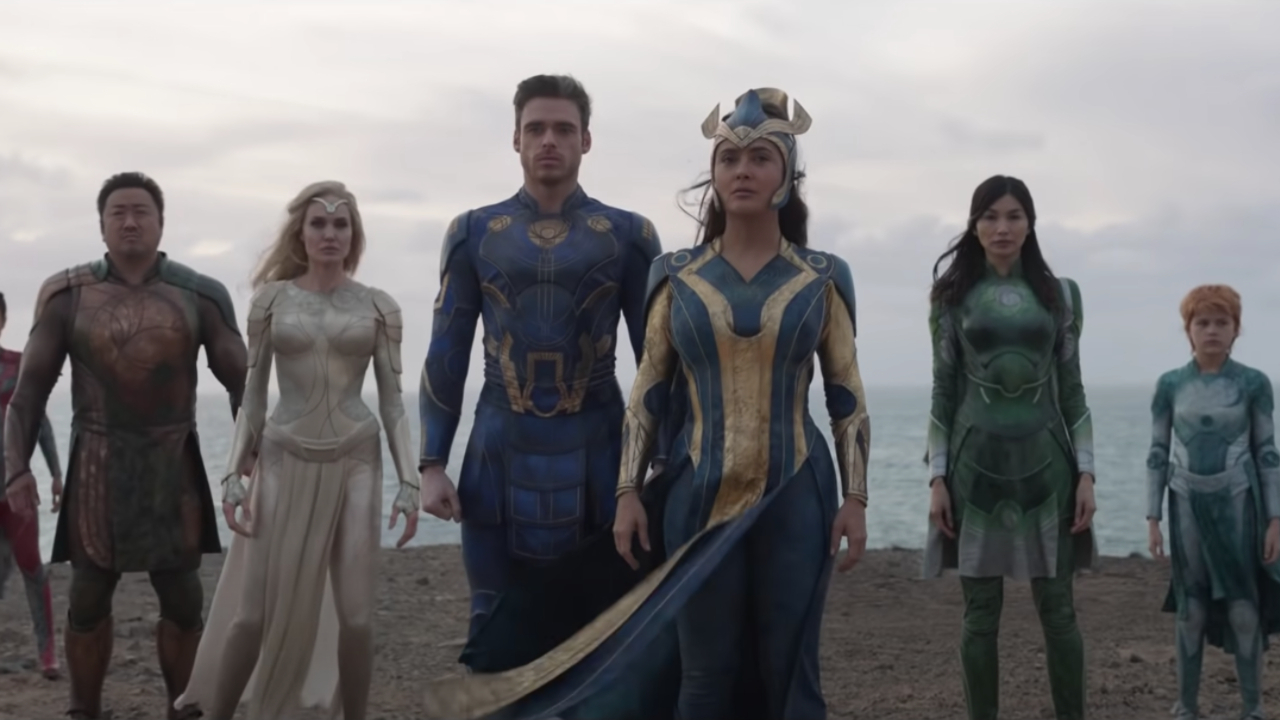
Eternals (2021)
The Eternals ending did a lot to set up the future for the titular group of Marvel heroes, but Chloé Zhao originally had a much bleaker conclusion for her first MCU film. When speaking with Empire, the Oscar winner revealed that she initially planned on the surviving members of the team ending up on the ship where their memories were zapped before being sent to a new planet.
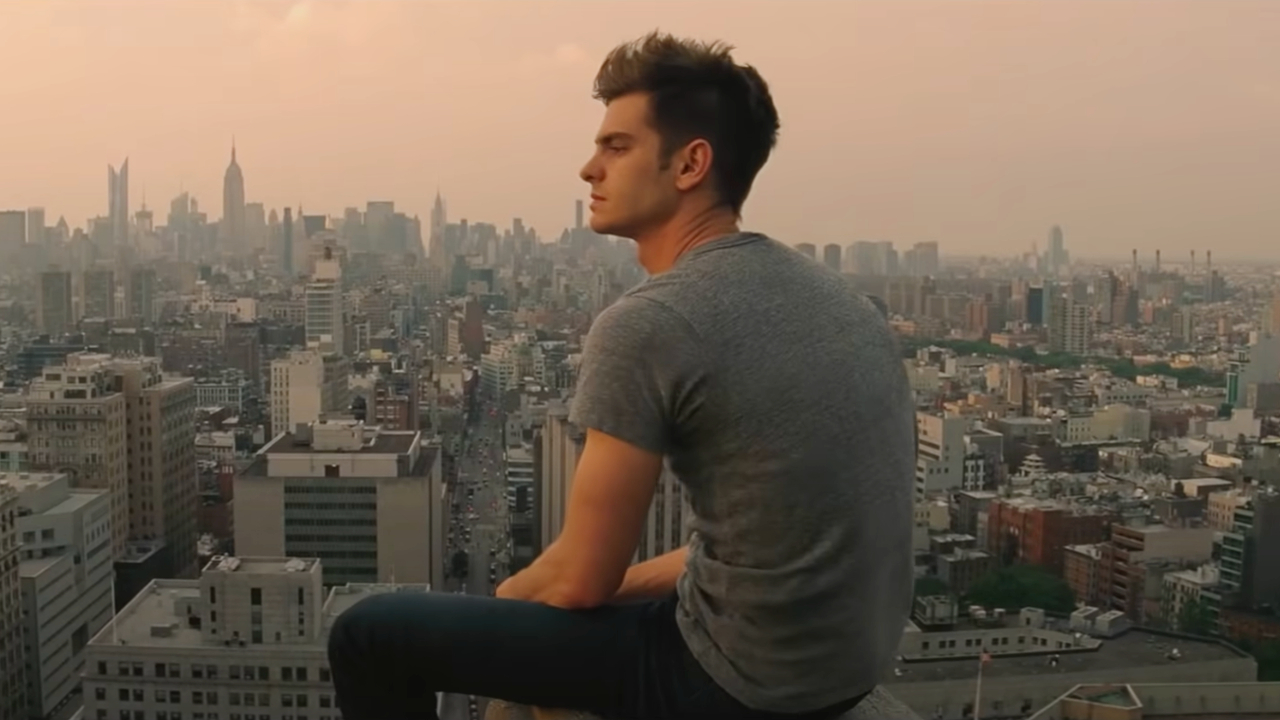
The Amazing Spider-Man 2 (2014)
The Amazing Spider-Man 2 almost ended in an entirely different way, one that would have seen the return of Peter Parker’s (Andrew Garfield) dad (played by Campbell Scott). The scene, which was filmed, was not used in the theatrical cut.
Should these alternate endings have been used, or did the filmmakers and producers make the right decision in giving audiences what we ended up seeing on the big screen? It’s a mixed bag, but these movies would have been drastically different if they made the final cut.

Philip grew up in Louisiana (not New Orleans) before moving to St. Louis after graduating from Louisiana State University-Shreveport. When he's not writing about movies or television, Philip can be found being chased by his three kids, telling his dogs to stop barking at the mailman, or chatting about professional wrestling to his wife. Writing gigs with school newspapers, multiple daily newspapers, and other varied job experiences led him to this point where he actually gets to write about movies, shows, wrestling, and documentaries (which is a huge win in his eyes). If the stars properly align, he will talk about For Love Of The Game being the best baseball movie of all time.
